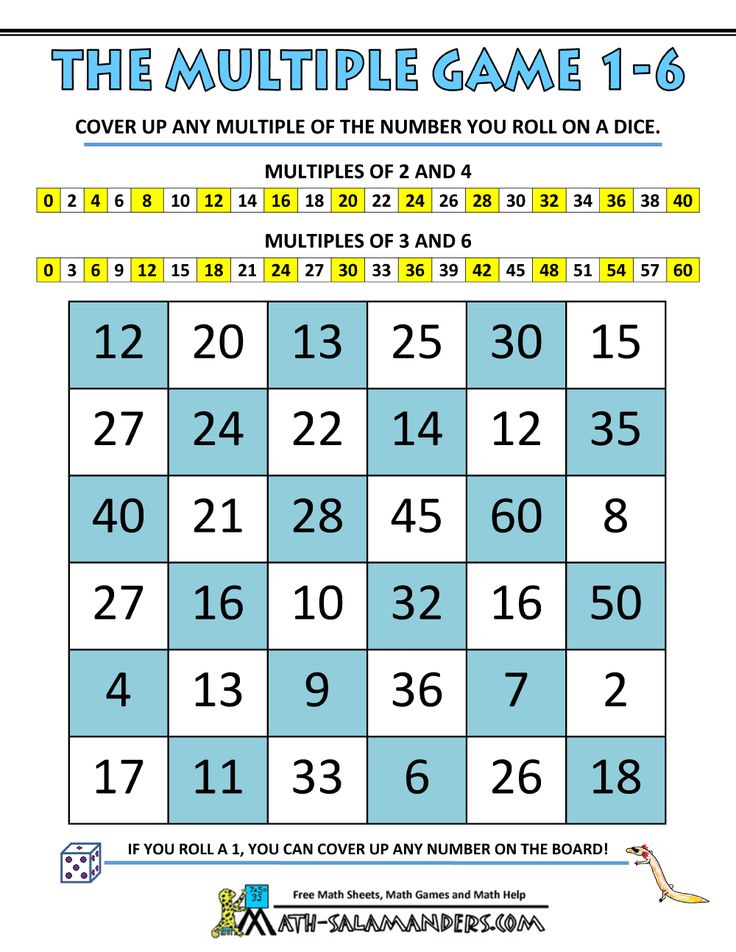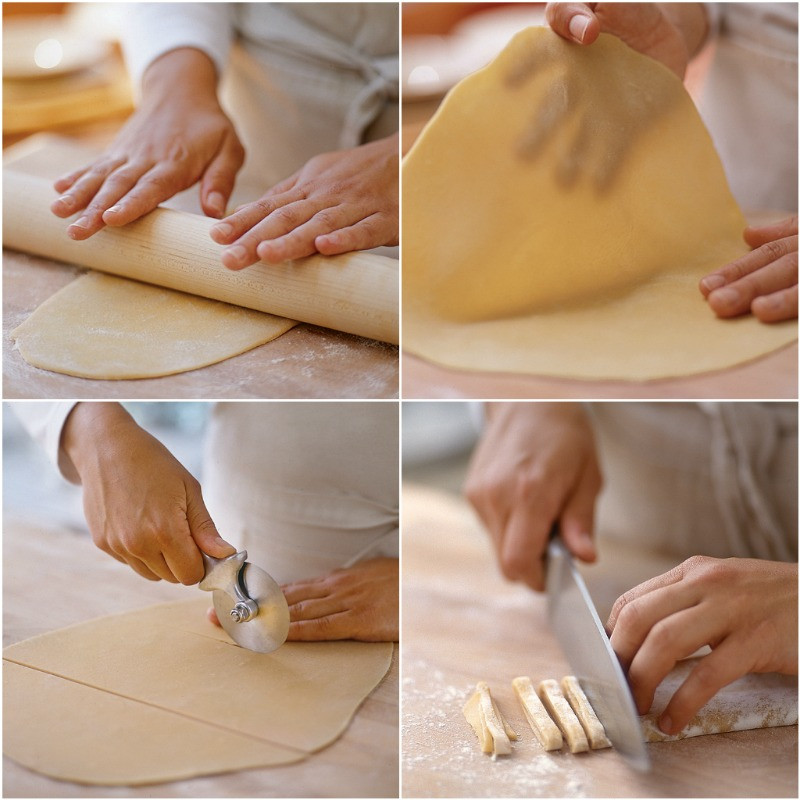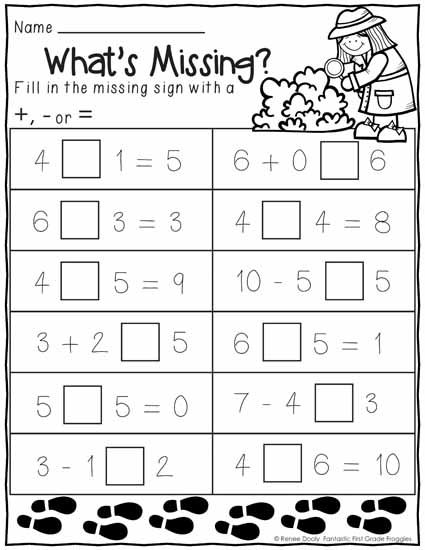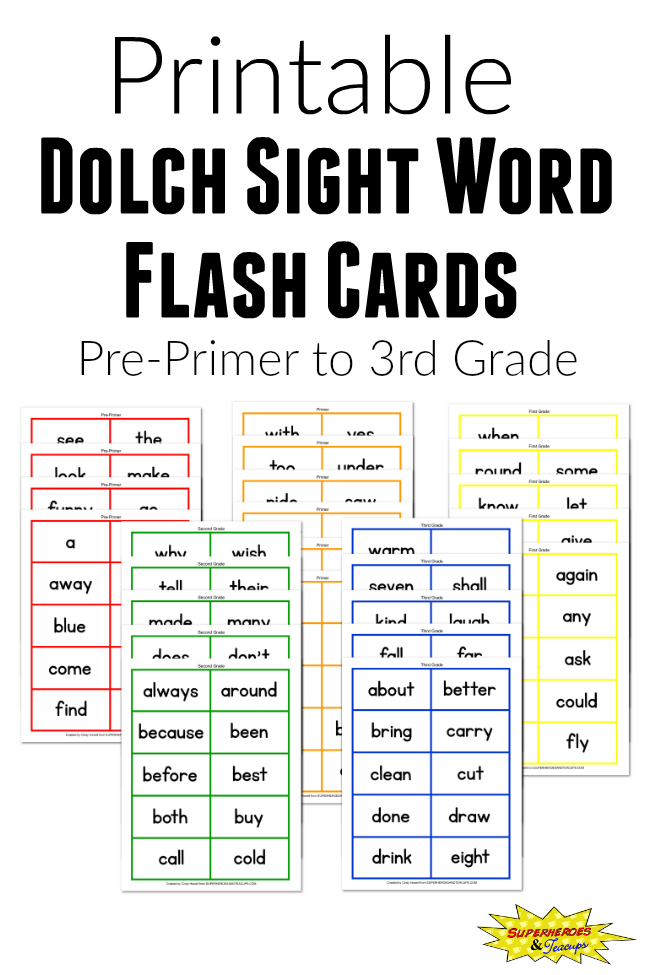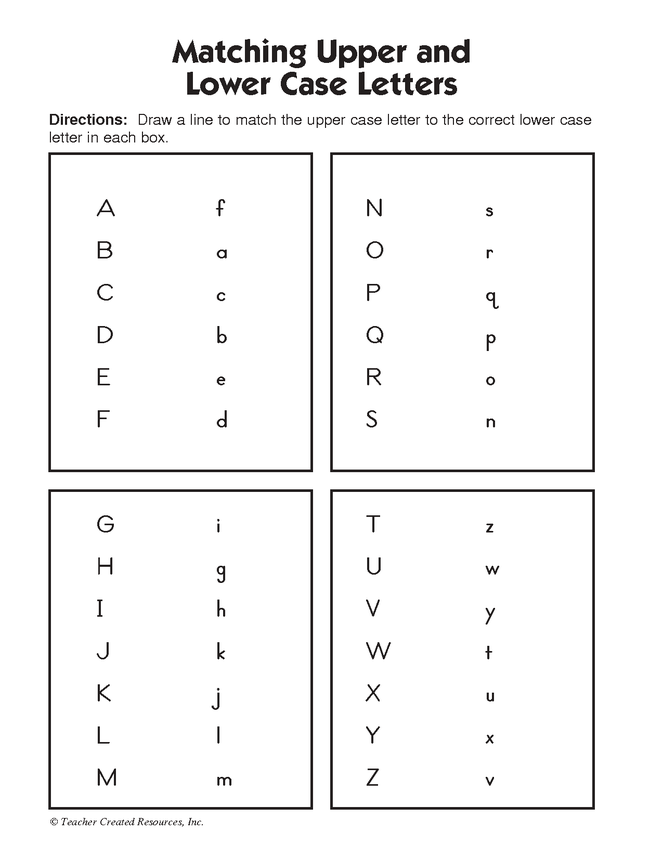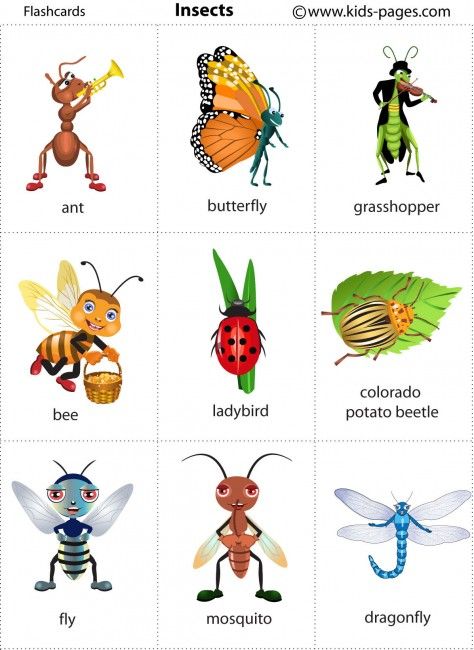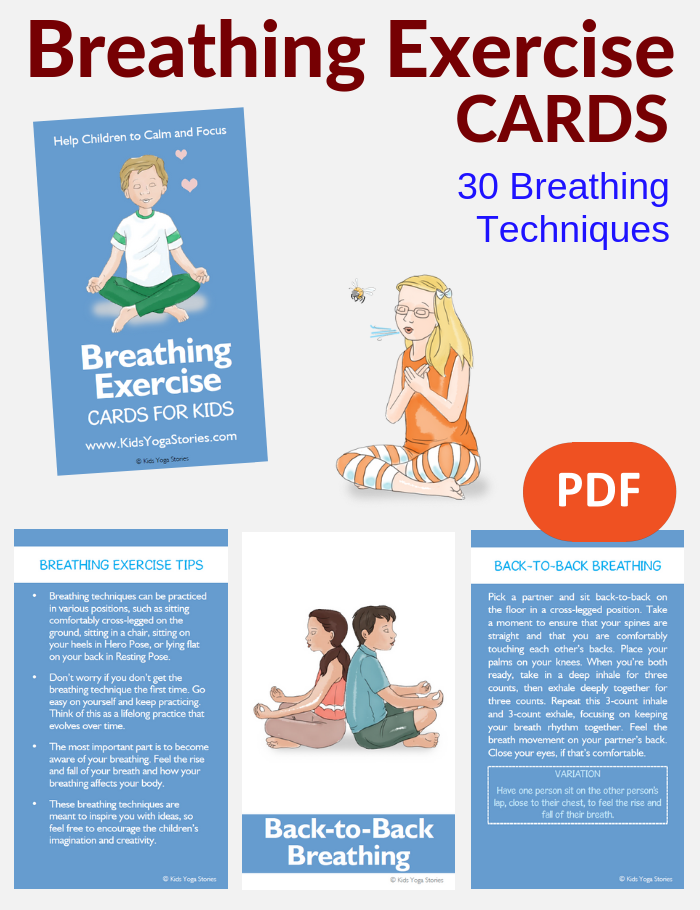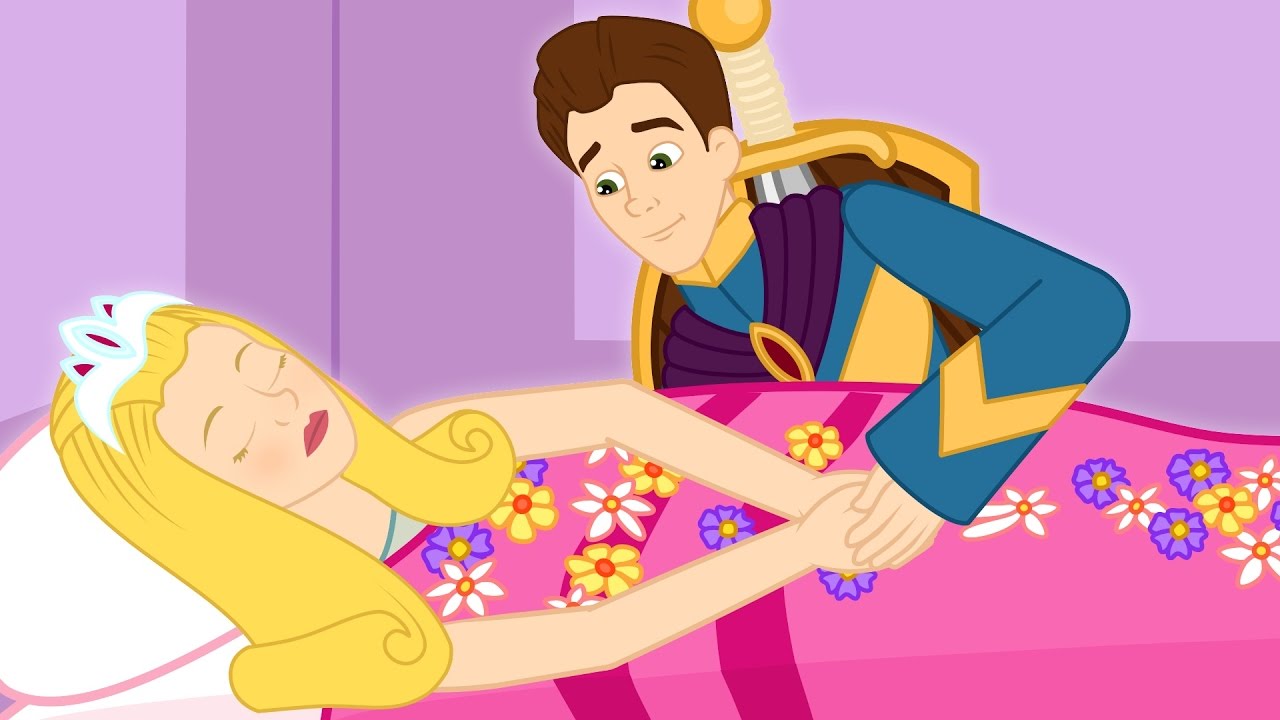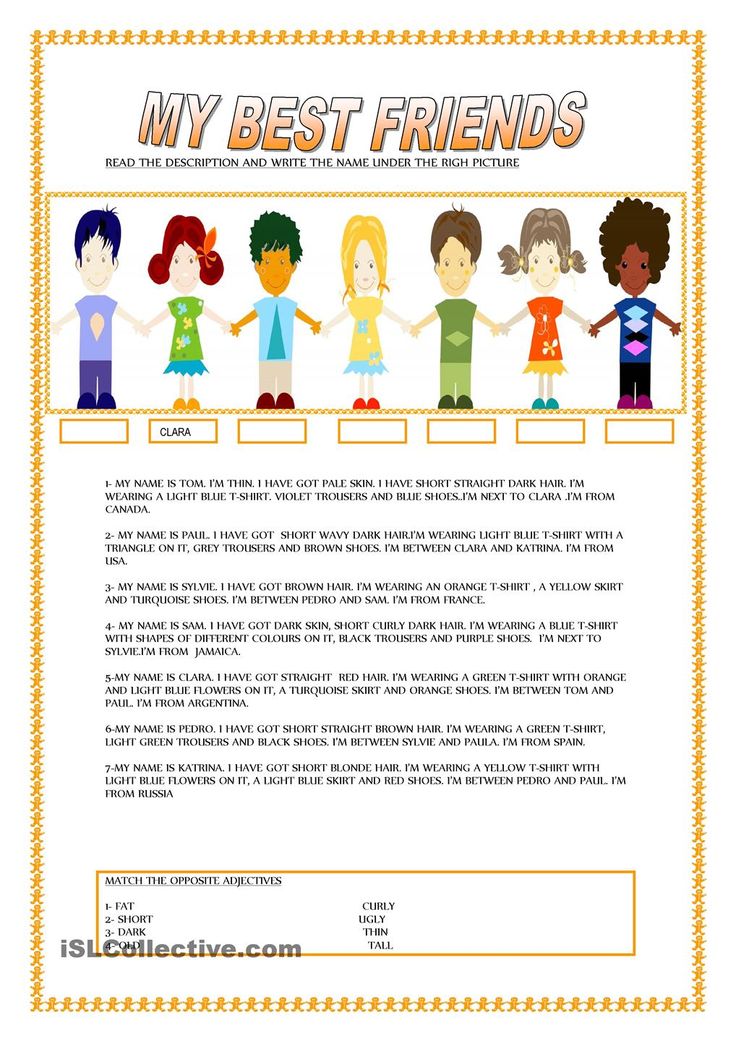Fun learning activities
34 Educational Indoor Activities For Kids
Photo credit header image: fizkes/Shutterstock.com
As a parent, your kids are the light of your life. Some of that light, however, can quickly start dimming when you’re forced to keep them indoors for days on end. This may be due to illness, school closure, or anything else that might spring up unexpectedly (like COVID-19), but no matter the cause, it’s important to know how to navigate this situation.
Photo credit: fizkes/Shutterstock.com
Even if you love them to bits and enjoy the time you spend together, instances that require you and the kids to remain indoors are more likely to leave you frazzled than calm, collected and resourceful. For this reason, we’ve come up with a list of educational indoor activities for kids that’ll keep you sane
, and your kids entertained during lockdown.
The following indoor activities were recommended by parents and childcare experts:
1.
Photo credit: Prostock-studio/Shutterstock.com
School and extracurricular activity time aside, it can be difficult to find time to impart necessary life skills to your children. The best time for doing this is during the holiday season, or during unexpected breaks in their school schedule. Simple things like learning how to type, how to surf the internet safely, how to do simple cooking, doing basic cleaning around the house, or even using a knife safely when eating are important. You can also do fun things like playing the piano, hula hooping, or singing. Whatever the skill is that you think your kids need to know, take the time to introduce it to them in a fun way at home.
Lena from What Mommy Does puts it this way: “I think this time we have our kids at home presents a unique opportunity to those of us who don’t homeschool to spend quality time teaching our kids life skills that will help them when they grow up and leave the house.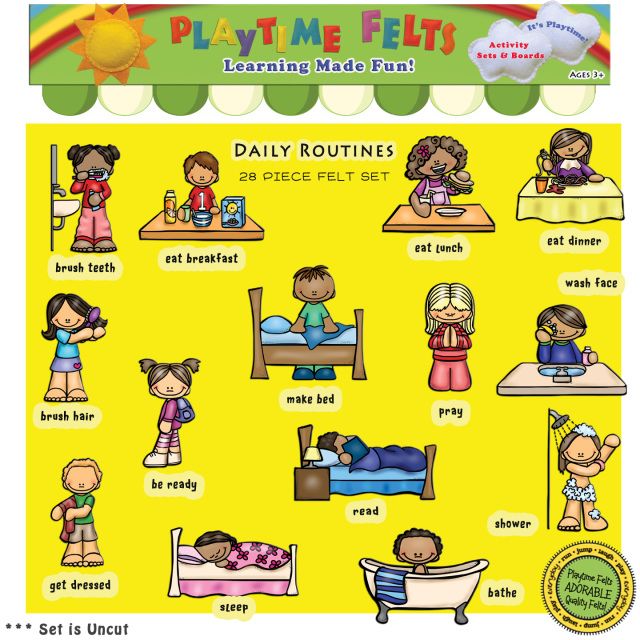 ”
”
She adds, “While I don’t dictate my children’s “fun” activities, I do have a list of things I personally want to teach them, and this includes
meal planning, making bread from scratch, cooking using only what’s in the pantry, washing clothes, mopping the floor, budgeting for necessities, and learning new skills.”
The Savvy Couple further elaborated on the importance of teaching kids life skills:
“These are skills that seem to have gone by the wayside that we think our kids will pick up as they go, instead of taking the time to teach them. The simple act of kids learning to tie their own shoes is a big one. As busy parents, we often move our kids quickly from one activity to the next. This means we either tie our kid’s shoes for them or use an easier type of shoe with no laces. Take the time to teach your kid a basic skill they’ll need for the rest of their lives.”
Check out The Savvy Couple’s Activities for Kids at Home listing for more helpful ideas!
Photo credit: GobMetha/Shutterstock.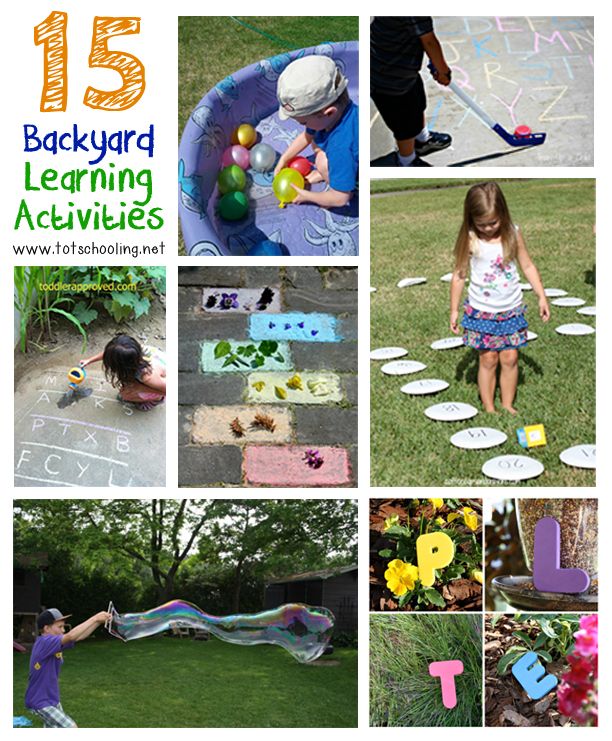 com
com
Bring back the good ol’ times with some nostalgic or traditional activities. This can range from relearning how to make a friendship bracelet to learning how to navigate a non-digital map. Even simple things like using sneakers with laces (as opposed to Velcro) sometimes need to be relearnt. Go with your gut on what needs to be reinforced or re-learned and fit in some time for a refresher course.
3. Alphabet Matching for younger children
Photo credit: Christopher Willans/Shutterstock.com
According to Carly from the Mommy On Purpose website, alphabet matching is a great learning activity for younger children. She details the process below:
“Teach them letters using a magnetic alphabet set and a cookie sheet. Write the alphabet on the cookie sheet using washable markers (or alphabet stickers) and have your kiddo match the magnetic letters to the letters on the sheet.”
Another option Carly recommends is writing the alphabet on the fridge.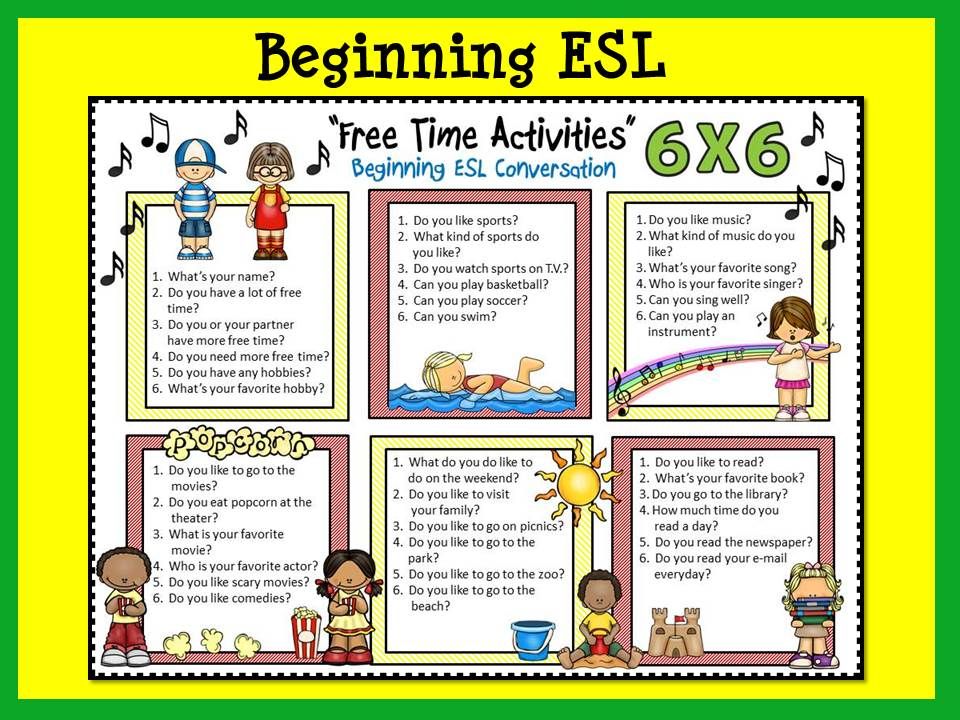
“Just check an inconspicuous place first to make sure those “washable” markers do in fact wash off!” she warns.
For preschoolers: “Just let them go at it and match the alphabet in any order. Congratulate them for the effort… say something like, “Yay, you matched the letter “D”!
For older children: “Ask them to do it in order (A-B-C-D) and work on what sounds the letter makes while they match it. If your child has a great memory and this is “too easy”, ask them to match randomly by sound only, phonetically - (“Can you match the letter that makes the sound mmmmmm”?).
4. Learn about a new country or culture
Photo credit: Leika production/Shutterstock.com
You don’t need to have travelled all over the world to be able to introduce your children to new countries or cultures. There are fun ways to let your kids experience different cultures without leaving your home, and this can include trying new cuisines, embracing the culture of new places through the reenactment of entertainment (singing and dancing), and learning the basics in terms of new languages.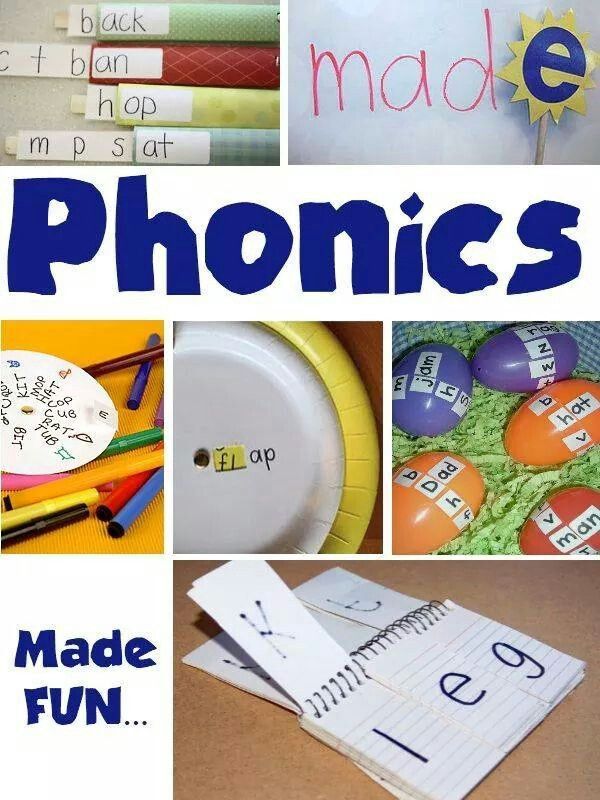 Play a game with your children by letting them blindly point out a place on a map, after which you all find a way to bring one aspect of that place into your home, if only for one day!
Play a game with your children by letting them blindly point out a place on a map, after which you all find a way to bring one aspect of that place into your home, if only for one day!
5. Teach them how to garden indoors
Photo credit: Ulza/Shutterstock.com
Gardening can help your children learn about where food comes from, and how things grow. If you and the kids must be indoors for a while, and can’t go outside to enjoy nature, consider creating an indoor garden. If you’re not sure where to start, there are many YouTube channels which detail this process, even providing advice on the easiest things to grow. To start off with, try regrowing vegetable scraps including lettuce, avocados, green onions, carrot greens, green peppers or celery.
6. Teach them how to cook and bake
Photo credit: fizkes/Shutterstock.com
The Savvy Couple recommends that parents take advantage of the educational opportunities that come with cooking together.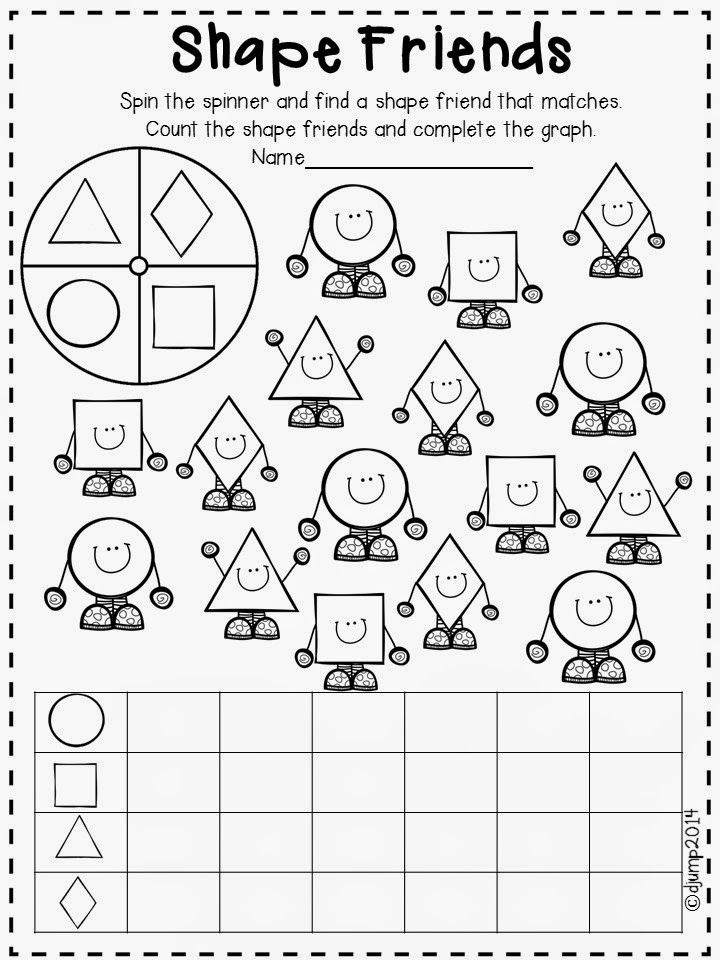
“You have math, health, independence, following directions, reading and so many more aspects you can bring in. Have your child research what they want to make. Help them with a budget to shop for the ingredients or find what they need in the pantry/refrigerator. Read through the ingredients and instructions and discuss with them different aspects of the recipe. Get out the measuring tools and have them do all the measuring, pouring and mixing. Cooking is a life skill they will also need for the rest of their life!”
7. Practice storytelling aloud and writing stories
Photo credit: Vasilyev Alexandr/Shutterstock.com
There’s a difference between reading aloud and reading in your head, and this is likely to be something you can work with your child on improving. Let them build their confidence and make use of their vivid imagination as they story tell straight from their head.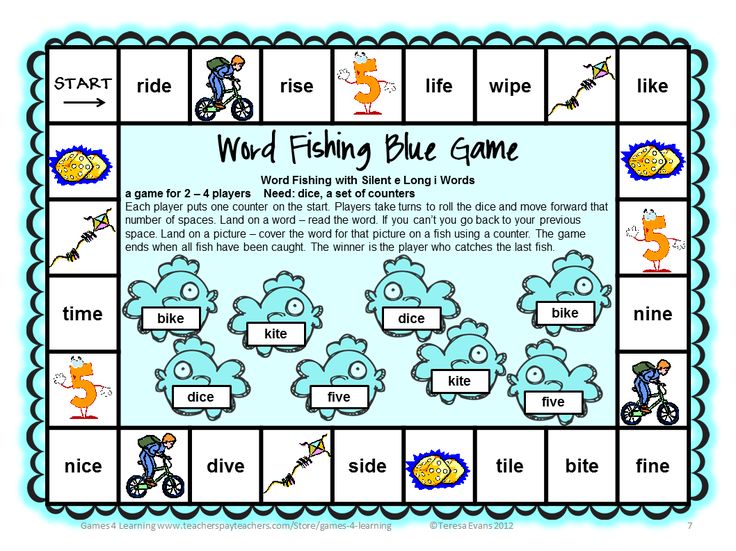 If this is a new activity, you can help them build the story until they’re more confident. Storytelling is a skill they can have fun with now and appreciate later. Get into the storytelling activity by asking questions when there’s room to do so. Afterward, try to help them get that story onto paper!
If this is a new activity, you can help them build the story until they’re more confident. Storytelling is a skill they can have fun with now and appreciate later. Get into the storytelling activity by asking questions when there’s room to do so. Afterward, try to help them get that story onto paper!
8. Teach them about uncommon spices for cooking
Photo credit: Bangkok Click Studio/Shutterstock.com
Go beyond just cooking with your children – introduce them to commonly used spices, and the differences between each. This will involve a lot of taste testing, and a way to get them even more involved is allowing them to help select recipes to make together. Even the pickiest eater may be a little more willing to try new things, especially if they cooked it up themselves!
9. Create a family time capsule
Photo credit: Monkey Business Images/Shutterstock.com
Create something you can look back on in a year, or even as far off as ten years with your own family time capsule.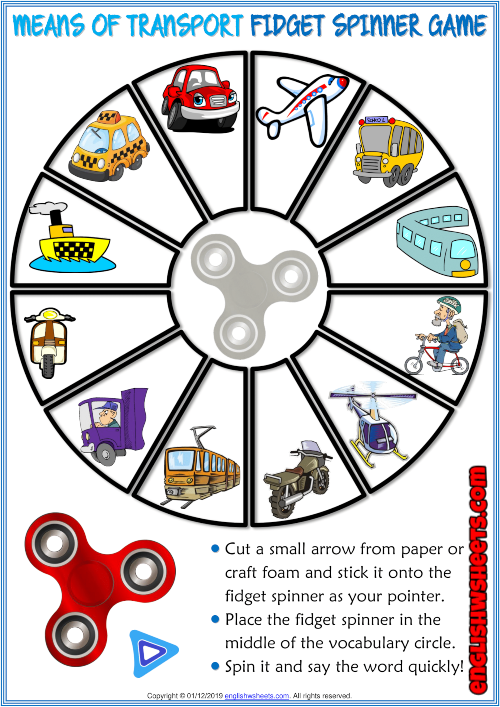 You can include photos, letters, lists of best local spots, favorite foods, or even a magazine or two. The kids can also write and toss in the names of some of their best friends and most loved toys to look back on later. DIY capsules can be made by placing these items into a box, bottle, or a paper bag. Hide it away somewhere safe and set a date to open it up!
You can include photos, letters, lists of best local spots, favorite foods, or even a magazine or two. The kids can also write and toss in the names of some of their best friends and most loved toys to look back on later. DIY capsules can be made by placing these items into a box, bottle, or a paper bag. Hide it away somewhere safe and set a date to open it up!
10. Read a new (or old) book together
Photo credit: Monkey Business Images/Shutterstock.com
Whether your little ones are strong readers or they’re just getting started, reading is a great way to bond and help them build their vocabulary. Reading with you may give them a different perspective on a story they’ve read before, and you’ll enjoy the snuggle time together!
Rese Buse from the lifestyle blog Tiaras & Tantrums recommends going a step further for younger school-aged children by creating a curriculum around a book.
“Simply select a book and create assignments around the book in each subject.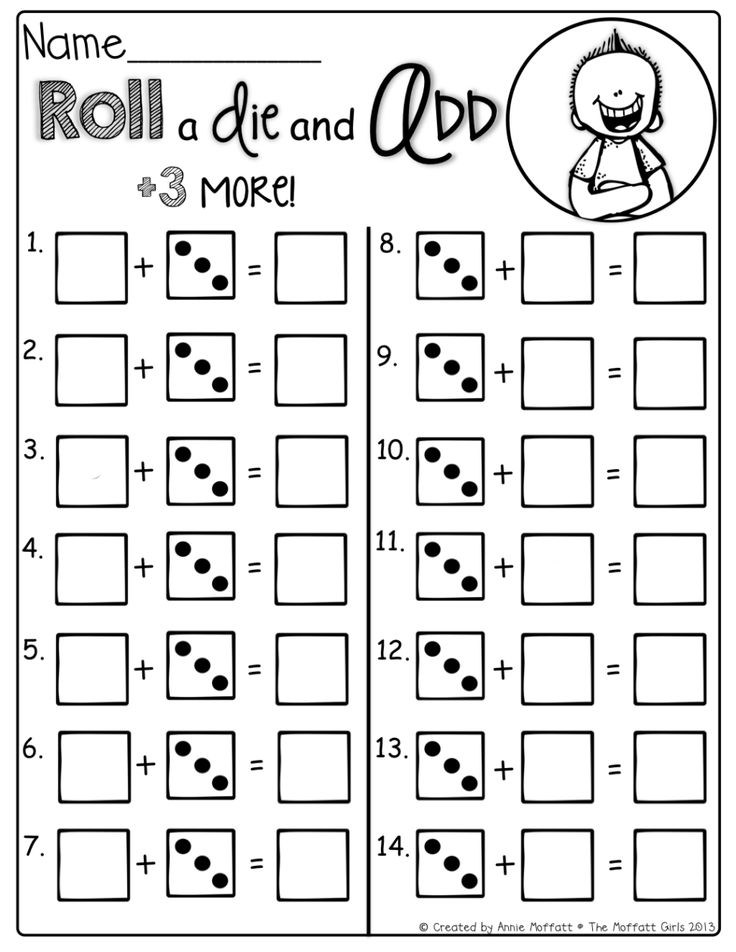 It is very simple to create 10-12 different activities based on one book,” she notes. These assignments can be science, math, or even art oriented, which will help your kids learn while enjoying a good book.
It is very simple to create 10-12 different activities based on one book,” she notes. These assignments can be science, math, or even art oriented, which will help your kids learn while enjoying a good book.
For more Tips for Remote Home Schooling During Emergencies check out Rese’s blog!
11. Start a new craft project
Photo credit: VGstockstudio/Shutterstock.com
Craft is always a good idea if you want to keep the kids busy while they’re at home. While this is a popular at-home activity for many parents, Maggy from Red Ted Art says “finding the right kind of activity” is key. This means that whatever you do should be age appropriate. She also advises parents to “manage your expectations”.
“With younger kids there are lots of Preschool Crafts you can try out,” she says. “Go for easy ideas that will really engage the children and help develop cognitive and fine motor skills – you can also introduce things such as color theory and shape activities.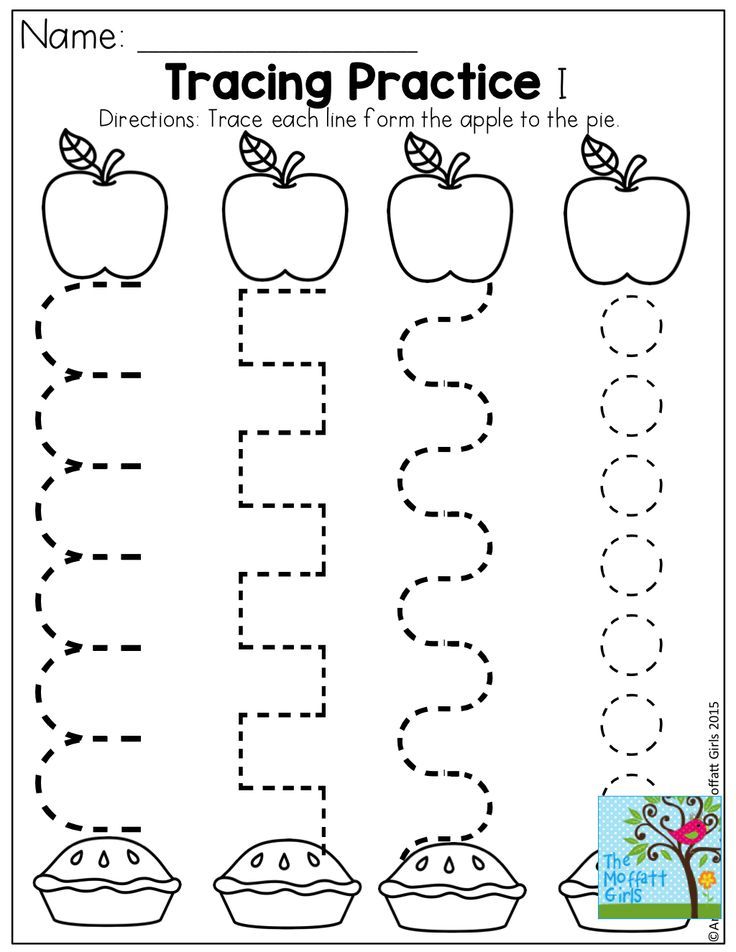 ”
”
If your kids are under 5, Maggy advises parents to remember that the goal is to work together.
“Few under 5’s can truly work independently,” she says. “So you will have to set the time aside to work with them. It’s a good idea to pick out projects you can make together that they can then play with. Our toilet paper roll characters are great for this, or maybe something like a DIY Dolls house that you can add to over time.”
For kids 8 and over Maggy says parents should look towards getting into projects that encourage “independent crafting”, while for those between the 5-8 year mark, parents should help as much as possible, while still taking cues to know when to let them work independently.
Tip: Stock up on all the necessary supplies before getting into a craft project. This will cut out the need for spontaneous trips to the craft store with the kids.
Oh, and if you run out of ideas, Pinterest can help!
12. Teach them how to paint or draw
Photo credit: Tania Kolinko/Shutterstock.com
Creativity is something many children are born with, but this can also be encouraged through immersion. If you’ve tried quilling or making origami hearts for special occasion cards, the next step might be teaching the kids how to draw or paint. Feed their imagination by teaching them what a pencil and a paint brush can do. Chances are, you’ll be surprised by how quickly they learn!
13. Play some old educational board games (or puzzles)
Photo credit: David Prado Perucha/Shutterstock.com
Board games and puzzles, especially educational ones, are great for reducing screen time for kids of all ages and can help with family bonding.
Kirsten Maxwell from Kids Are A Trip notes, “As a parent of three teens, the biggest battle (when indoors) is getting them off their devices.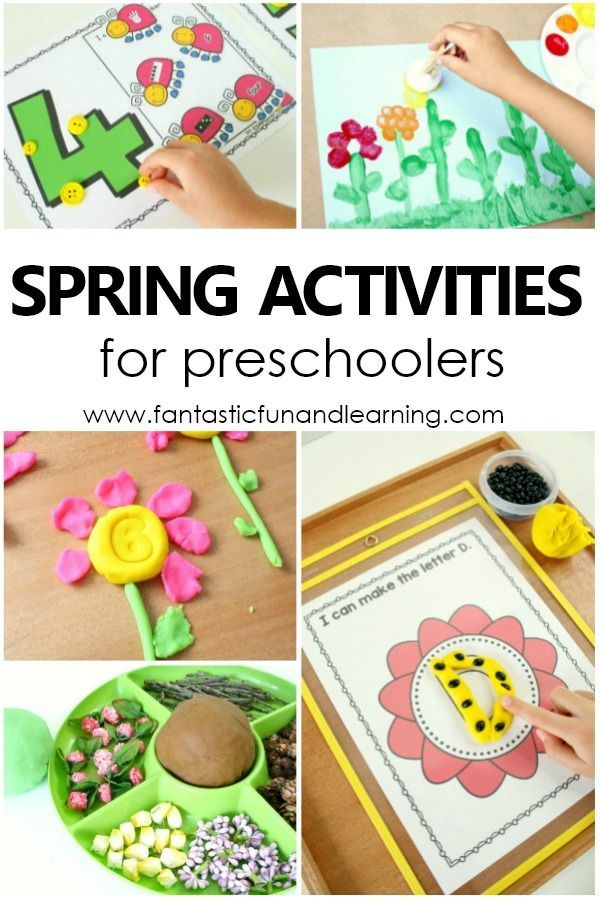 We find time every day for family time, trying activities like tennis, one-on-one walks in our neighborhood, family game time, and even baking together. I’m trying to teach my kids life skills they might not be learning in school.”
We find time every day for family time, trying activities like tennis, one-on-one walks in our neighborhood, family game time, and even baking together. I’m trying to teach my kids life skills they might not be learning in school.”
In terms of educational games to make use of the time, try games like Yahtzee, Scrabble and chess. Also get a few puzzles which are great for problem solving. Other lessons puzzles can help teach include patience, recognition of shapes, and delayed gratification. If parents will be involved, look for more complex puzzles.
14. Lego kits
Photo credit: LightField Studios/Shutterstock.com
Putting all those tiny Lego pieces together is something best suited for older kids. This will seem more fun than educational to them, but little do they know the levels of creativity that are being encouraged through the process. This activity can also improve fine motor skills, problem-solving and other areas tied to overall brain development.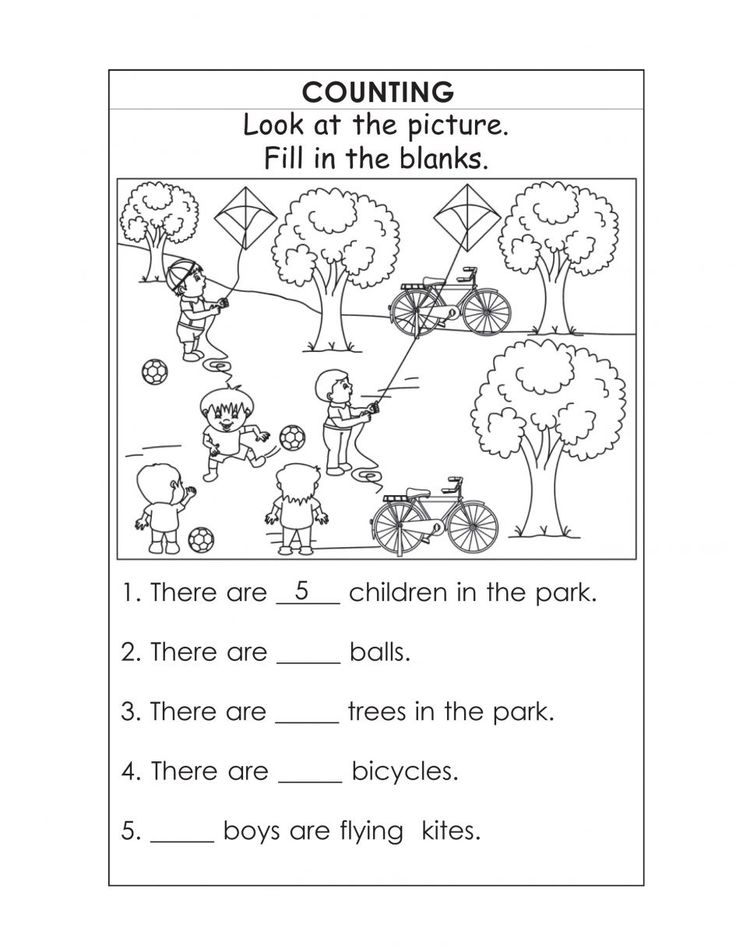 You can purchase a basic Lego set, or a themed set featuring anything from Disney’s Frozen to Star Wars.
You can purchase a basic Lego set, or a themed set featuring anything from Disney’s Frozen to Star Wars.
15. Open a workbook that feels more like a play book
Photo credit: LightField Studios/Shutterstock.com
The best workbooks won’t even feel like work at all, and this is the case for many of the fun and educational workbooks available from Houghton Mifflin Harcourt. This will keep the kids quiet for a while, but they certainly won’t be bored – you may even have to ask them to take a break, or to leave some for later! Houghton Mifflin Harcourt’s Achieve! Workbooks have vibrant colors, humor, and captivating photos, and can be downloaded for free online.
16. Become a bird watcher and feeder
Photo credit: Jack Frog/Shutterstock.com
Teach your kids about responsibility and compassion through the simple act of allowing them to feed birds right in your front yard. All they’ll need to do is leave food out for the birds via the feeder (if you have one) every day.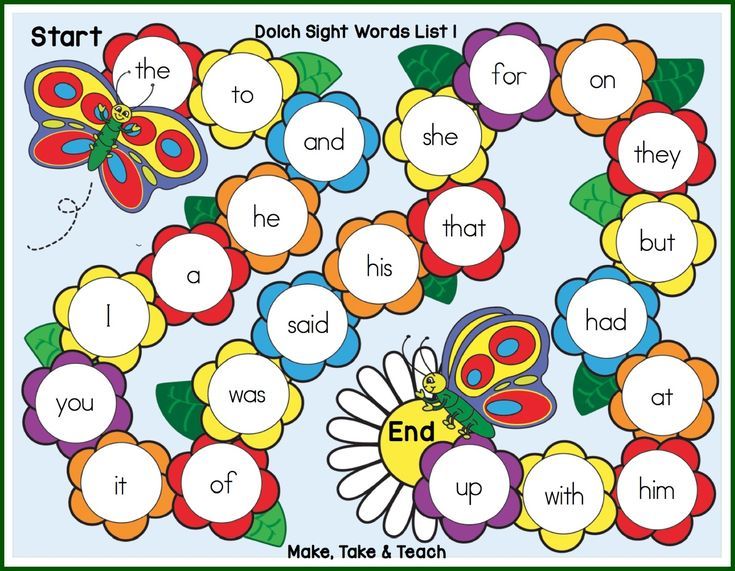 If you don’t have a birdfeeder, you can make one yourself with the help of your kids. While the birds are feeding, you can all scope for species you recognize. Encourage the kids to take lots of photos of the birds or try some sketching. Later, you can check out the Bird Watcher’s Digest for more intricate details.
If you don’t have a birdfeeder, you can make one yourself with the help of your kids. While the birds are feeding, you can all scope for species you recognize. Encourage the kids to take lots of photos of the birds or try some sketching. Later, you can check out the Bird Watcher’s Digest for more intricate details.
17. Become a fish watcher
Photo credit: Pixel-Shot/Shutterstock.com
Much like bird watching, fish watching is an interesting pastime that’s free. Consider getting your kids a couple of fishes so they can learn about what fishes do day to day. If you don’t think they’re ready for the responsibility that comes with having a fish as a pet, you can also stream a live feed of the National Aquarium where they’ll be able to watch fishes swim about to their heart’s content.
18. Watch the NASA livestream with them
Photo credit: Monkey Business Images/Shutterstock.com
Spaceships, far off planets, astronauts and aliens… all of these are likely to be intriguing to your child.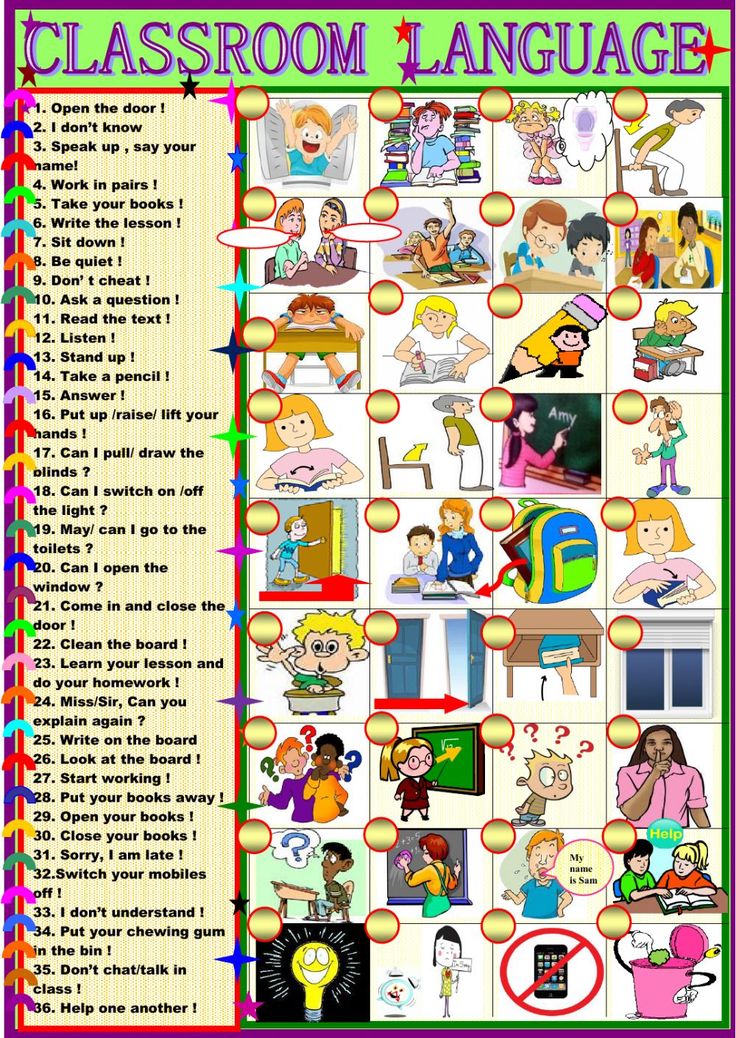 They’ll likely have lots of questions about the whole process of astronauts going up to space, and then some. Satisfy their curiosity – well, at least some of it – by letting them watch a NASA Live Stream which often features views from the International Space Station (ISS). If you’re lucky, you may even be able to see astronauts moving around in their space suits!
They’ll likely have lots of questions about the whole process of astronauts going up to space, and then some. Satisfy their curiosity – well, at least some of it – by letting them watch a NASA Live Stream which often features views from the International Space Station (ISS). If you’re lucky, you may even be able to see astronauts moving around in their space suits!
19. Teach them about the undersea world, coral reefs and why they are important
Photo credit: fizkes/Shutterstock.com
What can rival learning about the undersea to introduce your children to something worlds apart from what they see every day? The great thing about this lesson is that you won’t even have to leave your house, as there are lots of educational programs you can tune in to with your kids. You can teach your children about the different species of fish, coral reefs, overfishing, pollution, and any number of topics that will likely come in handy when they’re back at school.
20. Write thank you cards
Photo credit: Lucky Business/Shutterstock.com
Is there anyone you’ve been meaning to send a ‘thank you’ card to, but haven’t found the time? Is there someone your child would like to give a well-meaning card to? If either of these questions was answered with a yes, then this might be a great project for you to get into with your kids. You can make this into a DIY project where the kids get to decorate their own cards. Stock up at the art supply store beforehand!
21. Origami
Photo credit: Dragon Images/Shutterstock.com
Origami is associated with Japanese culture, and the process of making origami is very hands-on. Your children will love an opportunity to learn more about this art form which will stretch their imagination and inspire them. For this process, all you’ll need is a few sheets of colored paper, which will make it possible for your kids to make just about any paper animal under the sun.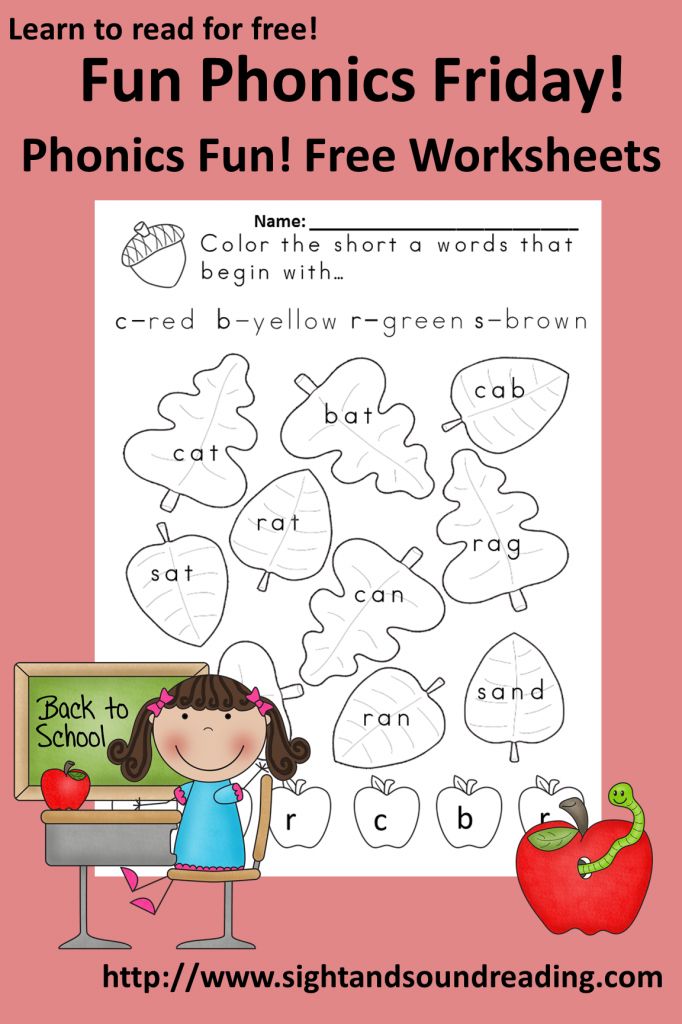 Origami making can help improve fine motor skills and brain development. During the process of making origami art, younger kids will be exposed to a world of colors!
Origami making can help improve fine motor skills and brain development. During the process of making origami art, younger kids will be exposed to a world of colors!
22. Make multiplication fun
Photo credit: NadyaEugene/Shutterstock.com
Math can be hard, but math at home can be a little less stressful. This is especially true when you allow kids to learn things like multiplication through play. Fun ways to do this is by playing games like baseball multiplication which involves flashcards, playing ‘rock, paper, scissors’ with a twist where kids are required to multiply the fingers that come up, or even playing a few rounds of multiplication wars with playing cards. Youngers kids may find it super fun to simply hop around on one foot and see how far they can get counting by 2s, 3s, or even 4s!
23. Perform basic scientific experiments at home
Photo credit: KIRYAKOVA ANNA/Shutterstock.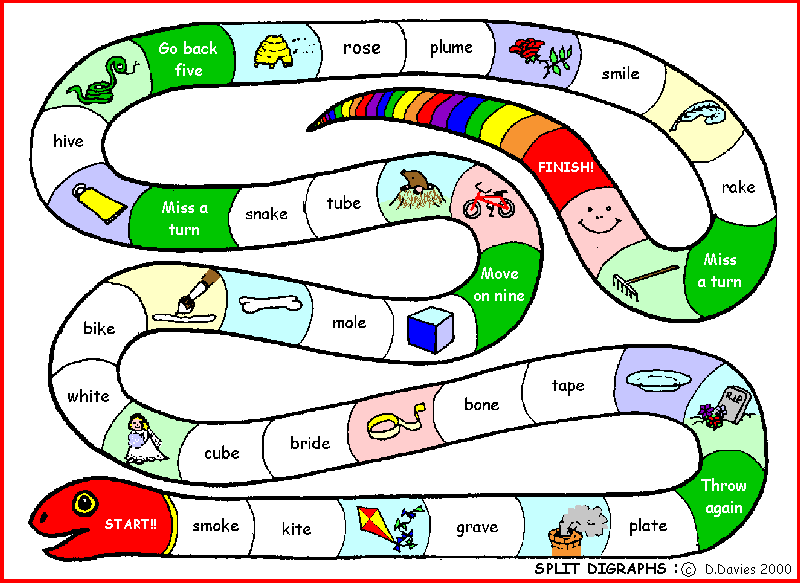 com
com
Though many children find science to be one of the harder subjects, doing this at home can help your child learn how to translate scientific ideas and methods to real life. If your kids already love science, they’ll be over the moon to try fun projects which can include growing salt or sugar crystals on a string, learning about reflection and refraction, and doing density experiments. With the latter, try using a jar with honey, water and oil in equal parts and have your child add various items to see which ones sink or float!
24. Learn a new language
Photo credit: fizkes/Shutterstock.com
Nowadays, kids don’t necessarily need to be planted in a foreign space to learn a new language – there are lots of web platforms and apps parents can introduce them to which make learning a new language fun. As you learn together, try to speak the new language around the house. Your kids will love this form of ‘secret’ communication.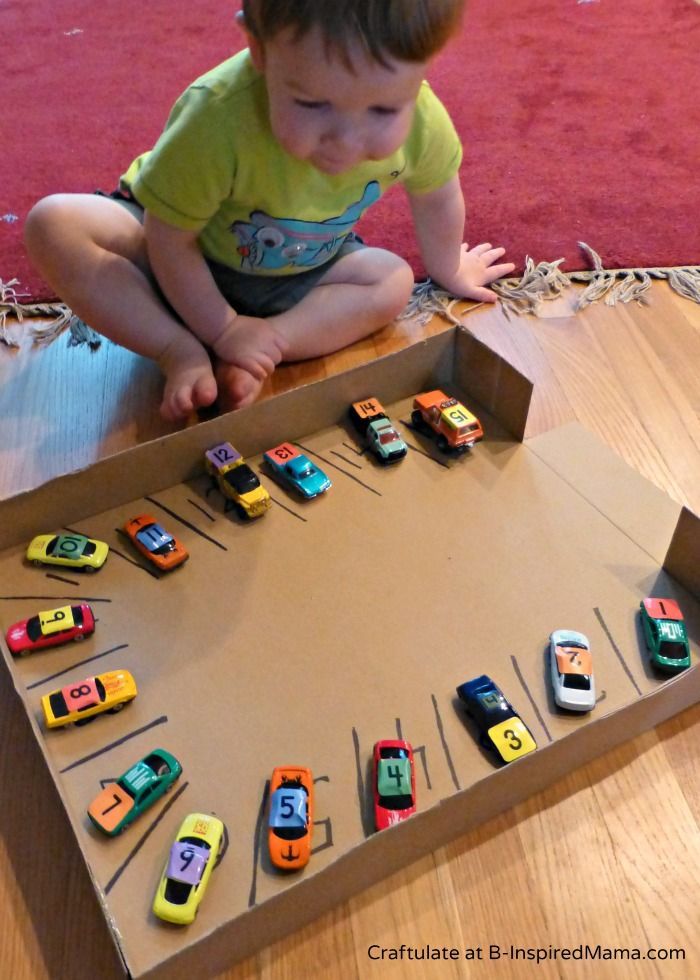 Try the When I Grow Up app, or the Count the Animals app for younger kids. You can also learn ASL (American sign language) with your children!
Try the When I Grow Up app, or the Count the Animals app for younger kids. You can also learn ASL (American sign language) with your children!
25. Help them learn hard subjects that may not be learned in school
Photo credit: Potstock/Shutterstock.com
Consider subject areas your kids aren’t already learning about in school and give them an at-home introduction. Try focusing on topics that address frequently asked questions, like where do babies come from? You can also discuss racial inequality, and how to deal with the loss of a loved one, with older kids. Talk about these things using simple language that your child can understand – don’t underestimate their ability to share feedback or ask thought provoking questions.
26. Download educational printables
Photo credit: Ekpluto/Shutterstock.com
There’s plenty of online material available to help you create conducive learning conditions inside your home.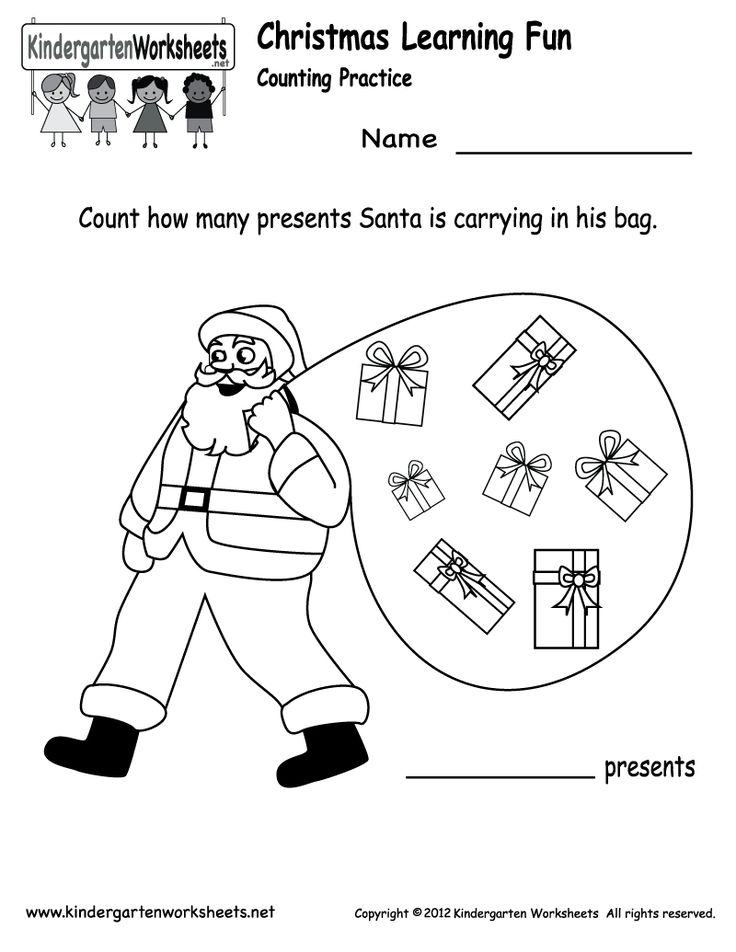 Whether you need a simple worksheet (like those available on Education.com), or something craft oriented, you’ll just need to do a search to find the options that work best for the project you have in mind. You can also download free PDF versions of educational workbooks from publishers like Houghton Mifflin Harcourt, which will help keep your kids occupied and in learning more.
Whether you need a simple worksheet (like those available on Education.com), or something craft oriented, you’ll just need to do a search to find the options that work best for the project you have in mind. You can also download free PDF versions of educational workbooks from publishers like Houghton Mifflin Harcourt, which will help keep your kids occupied and in learning more.
27. Watch an awesome documentary
Photo credit: nd3000/Shutterstock.com
Documentaries have a way of taking you into a whole new world, and since the kids are home, you can take them with you this time around. Take a break from the home schooling, make some popcorn and get cozy as you get sucked into a kid-friendly TV space. The Disneynature: Earth documentary is highly recommended, as are compilations you can stream through Netflix or other mediums, like Spellbound, Penguins, and Winger Migration.
28. Spend screen time smarter and teach them the importance of low screen time
Photo credit: fizkes/Shutterstock.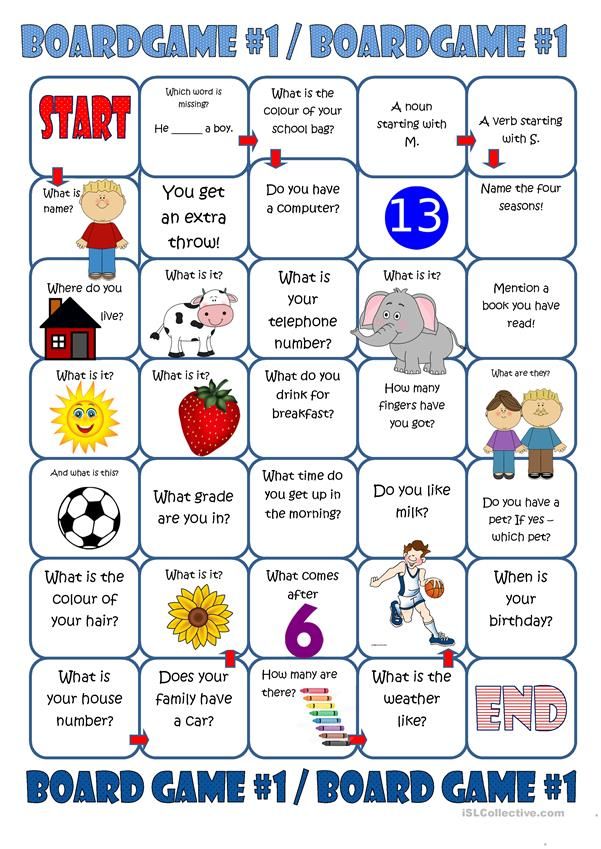 com
com
Limiting screen time is important for the holistic development of your child. If you’re from a household where screen time rules are lax though, keep in mind that when you switch things up, there are likely to be protests. As far as screen time goes though, the younger the child the less they should be watching – and that certainly does not suggest that older kids have free reign to do as they please! Try diverting the need of your kids to be glued to the screen with more educational activities that can be done offline.
Tip: Want to find out more about the importance of setting screen time limits in your home? Check out our post which details 12 Effective Expert Methods To Limit Screen Time For Children.
29. Teach them about charity and kindness
Photo credit: wavebreakmedia/Shutterstock.com
Being kind and charitable are traits kids can learn to emulate from their parents. You can emphasize the importance of these characteristics by explaining to your kids how they can help make life better for others.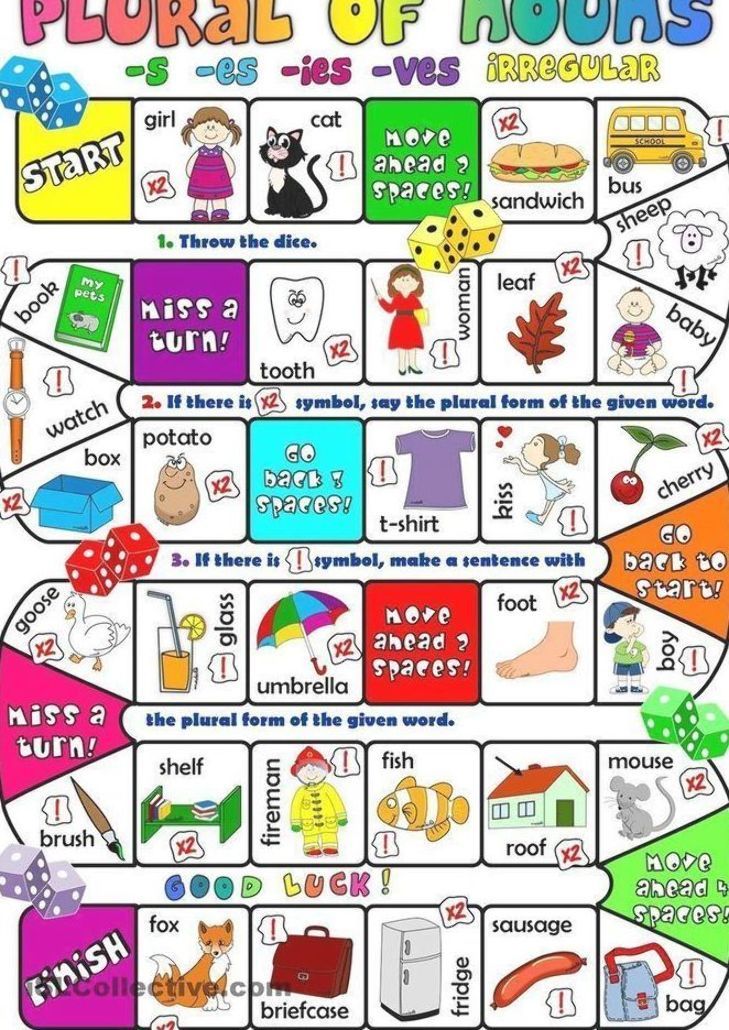 With that said, one of best ways to encourage charity is by getting children involved when you sort out clothing items or toys they have outgrown. Have set times of the year where you donate to charity and be sure to get your kids involved in the round-up process of putting together these items for donation. You can even let them search for a charity they like (older kids) so they can potentially get more involved later.
With that said, one of best ways to encourage charity is by getting children involved when you sort out clothing items or toys they have outgrown. Have set times of the year where you donate to charity and be sure to get your kids involved in the round-up process of putting together these items for donation. You can even let them search for a charity they like (older kids) so they can potentially get more involved later.
30. Teach them about being resilient
Photo credit: GingerGiraff/Shutterstock.com
Resilience is important, especially in uncertain times. One of the people who highlights the importance of fostering this trait is Amy McCready, Founder of PositiveParentingSolutions.com and author of The “Me, Me, Me” Epidemic: A Step-by-Step Guide to Raising Capable, Grateful Kids in an Over-Entitled World.
Recently in a Facebook video centered on Positive Parenting Solutions, the author spoke about what parents can do at home with kids during school closures.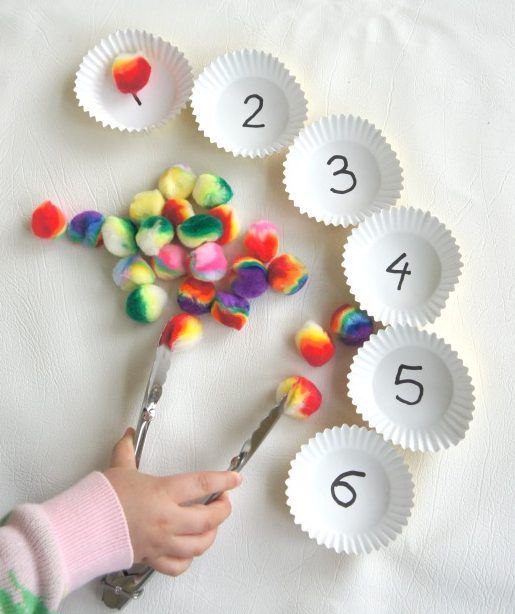 Teaching kids’ resilience, which is by definition the ability to recover quickly from difficult situations, was at the forefront of the conversation.
Teaching kids’ resilience, which is by definition the ability to recover quickly from difficult situations, was at the forefront of the conversation.
31. Teach them the basics of sewing
Photo credit: Tatyana Vyc/Shutterstock.com
It’ll be easier to teach older children to sew, what with the art of threading a needle and all. This will appeal to children who like being able to do things on their own, and especially those with an interest in fashion. Maggy from Red Ted Art recommends teaching kids to sew, noting: “It will take longer at first, and then they can work on projects independently. This can keep them busy for long periods of time.” Sewing is also a skill that will come in handy later, like when they get to college, and need to quickly patch up a cherished clothing item.
32. Teach them the basics of knitting
Photo credit: PR Image Factory/Shutterstock.com
Similar ‘rules’ apply for sewing and knitting, in that this is an activity which is best suited for older kids.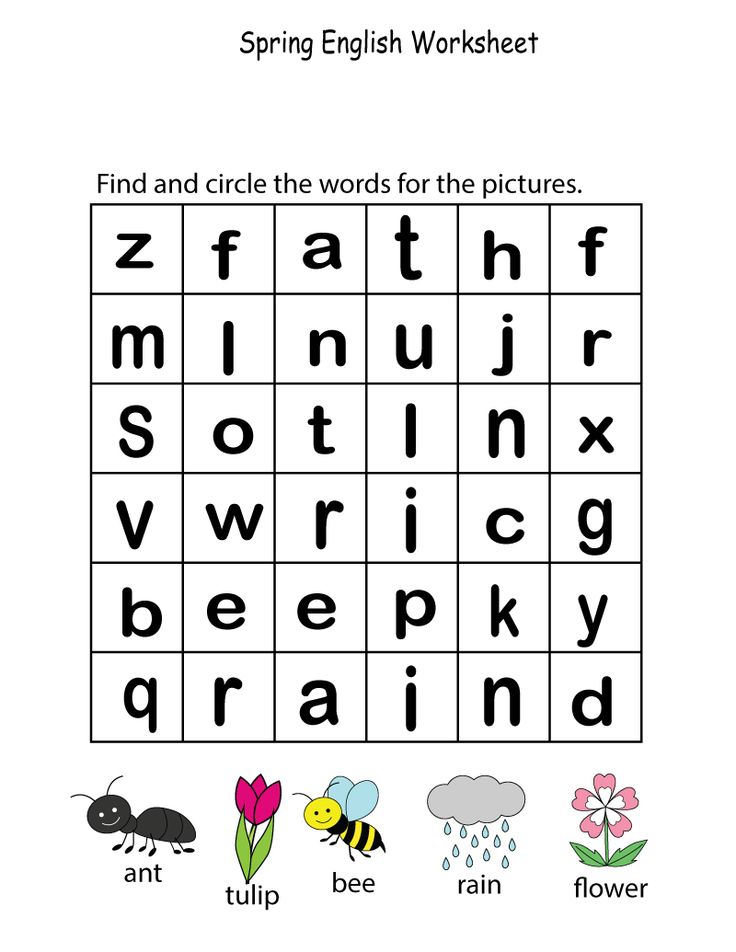 Maggy from Red Ted Art recommends knitting in a group, or sitting side by side and working on a knitting project together.
Maggy from Red Ted Art recommends knitting in a group, or sitting side by side and working on a knitting project together.
“What’s fun about this exercise is that once they get the hang of it, you can help them put their projects together and they can either wear or use what you both made,” Maggy adds.
33. Teach them how to relax
Photo credit: fizkes/Shutterstock.com
Knowing how to relax is a skill everyone needs, and kids are not excluded. Bouncing off the walls seems a regular state of being for most kids, but this state of being tends to get old quickly. You can teach your kids though that taking it easy has benefits, including greater concentration and lower stress levels. If you’re into yoga, you can do a group session with your kids, or try guided meditation. Not only can these activities help them reel in their boundless energy, but they also help with increasing flexibility and overall fitness.
34. Practice cursive or calligraphy
Photo credit: Stephen Denness/Shutterstock.com
Calligraphy and cursive are art forms related to writing, and this may or may not be something your kids are familiar with. In the age of texting and computers, very few people even pay attention to this at all, but you can teach your kids to appreciate both cursive and calligraphy. Older kids especially will catch on quick, while younger kids will have fun trying to form the different letters. You can look up an online course for calligraphy, which will be a useful skill for everyone involved!
Take heart… normalcy is around the bend!
Whatever it is, the thing that has you and the kids locked indoors for longer than usual is sure to get back to normal in time – and then of course, you’ll be back to missing your little munchkins while they’re at school. Enjoy the extended time together while it lasts!
Bonus tip: Go on a well-deserved all-inclusive family vacation to the Caribbean, when all of this is over! Beaches Resorts features three all-inclusive resorts with spectacular water parks and a prime location on a tropical beach.
All resorts are located within a 2-hour flight from United States borders.
Beaches offers Kids Camps, lots to do for both parents and kids and even Sesame Street® characters, and nanny services. The best thing: unlimited food, drinks, water sports, the water park - it is all included in your stay!
Hundreds of Kids Activities that are Totally Awesome!
This is a list of our most popular activities for kids! There are tons of fun learning activities and fun for kids. Whether you are looking for kids activities for educational purposes or just for fun, these are sure to be a hit!
Super Cool Lava Lamp Experiment
Your kids will love exploring colored water and oil, but a surprise ingredient will make this science activity even more exciting!
Editable Name Spelling and Tracing Printables
Make learning names fun with these name spelling and tracing printables that are editable.
Easy Play Dough Recipe Without Cream of Tartar
This play dough recipe is super easy to make and requires no cream of tartar.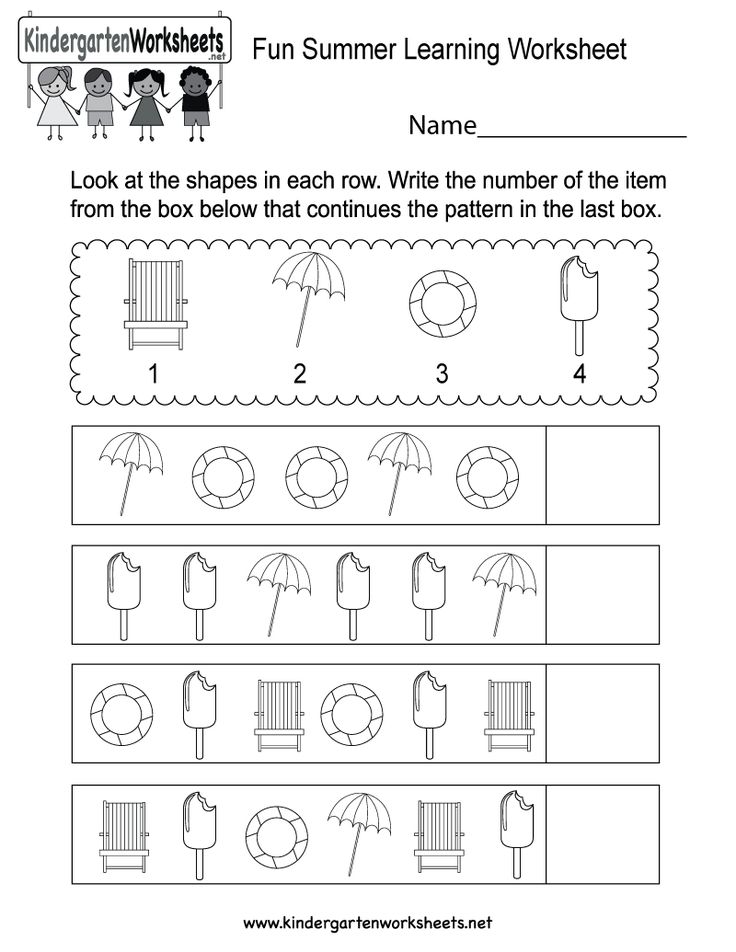
Printable Letter Sounds Alphabet Board Game
An effective way to teach letter sounds while developing counting skills and more.
Letter Matching Apple Tree Activity with Printable
This letter matching apple tree is a fun way for kids to learn letters this fall.
Magic Milk Science Experiment for Kids
This magic milk science experiment is perfect for you! It amazes the kids every time and it is super easy to do too! Just grab a few household supplies and have a blast with magic milk!
Super Fun Name Search Activity and Free Printable
Teach kids to recognize and spell their name with this hands-on name search activity and free printable!
Alphabet Printables and Activities for Preschool and Kindergarten
With over 300 pages of printable alphabet activities, this printable pack is sure to keep the kids engaged!
Make Your Own Dinosaur Dig Excavation Activity
Did you know that you can make your own dinosaur dig excavation activity? All you need is two household ingredients and a few sunny days.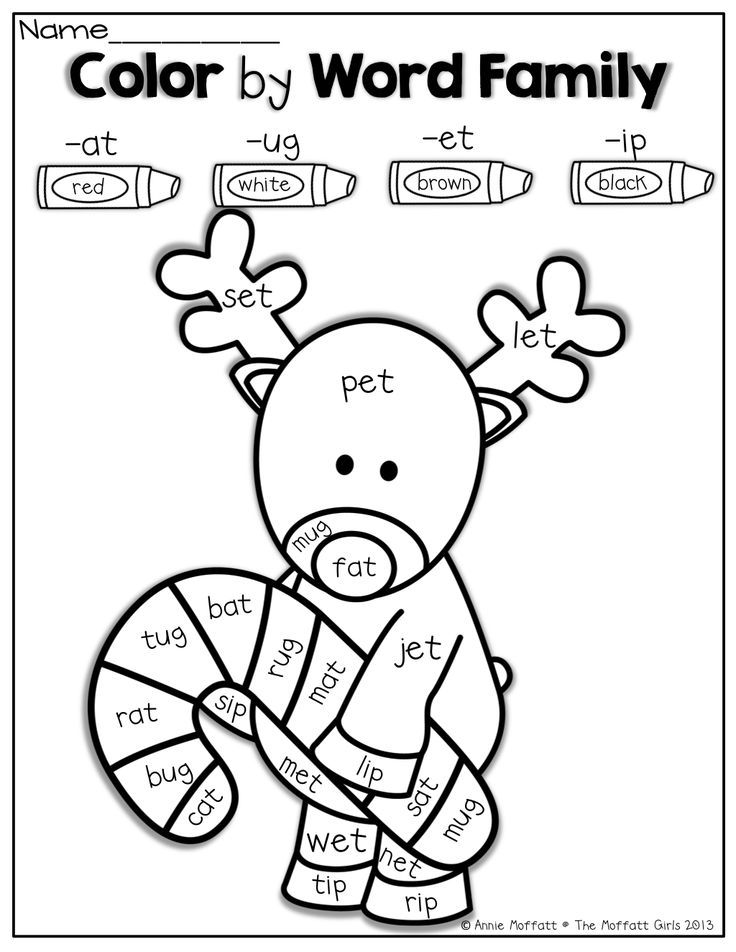 It couldn’t be easier!
It couldn’t be easier!
Rain Cloud in a Jar Science Experiment
This rain cloud in a jar is a weather science experiment that gives young children a chance to explore clouds and rain in a hands-on and engaging way!
Leak Proof Bag Science Experiment
This leak proof bag science experiment is sure to WOW your kids! All you need is two household supplies and you can do this water experiment with your kids too.
Roll and Dot the Letter Alphabet Activity and Printable
This roll and dot the letter alphabet activity is a great way for kids to learn to identify letters.
Spider Web Fine Motor Activity
This spider web fine motor activity is so much fun! My son played with it over and over again. It is an excellent way to develop fine motor skills. Plus, it is one of our absolute favorite kids activities!
Oil and Water Science Exploration
We’re definitely adding this oil and water science exploration to our growing list of science experiments for preschoolers.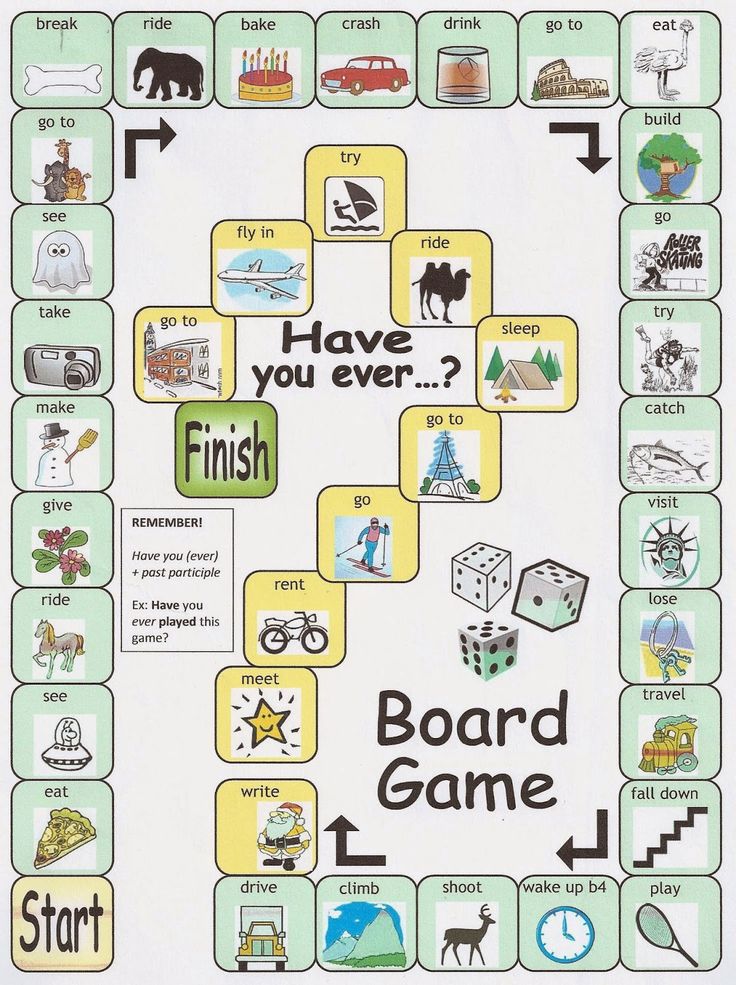 But even older kids will enjoy it too!
But even older kids will enjoy it too!
Field Day Games that are Super Fun for Kids!
These field day games for kids are all super fun and exciting. They are outdoor games that will get the kids moving, playing and having fun outdoors!
Counting and Number Matching with Paper Cups
Practice number matching with paper cups! It’s a fun, hands-on way to learn numbers and counting.
Rainbow Hop Letter Sounds Game
This life-size board game is a fantastic way to move and learn alphabet sounds and counting!
Sand and Water Ocean Sensory Bin
My kids had a blast digging in the sand and playing in the water while learning about the ocean habitat. If you are looking for summer kids activities, you have to give this one a try!
Preschool Math Game: Roll and Dot the Number
A quick preschool math game that will teach kids to identify numbers and count while learning one to one correspondence.
Counting Bear Number Strips and Color Matching Activity
These counting bears number strips are a hands-on way for toddlers and preschoolers to learn numbers, counting and even colors.
| Game is one of important means of mental and moral education of children. Huge the importance of the game, as an educational tool, was given by A.S. Makarenko: “What a child in the game, such is in many ways he will be in work when he grows up. That's why The upbringing of the future figure takes place, first of all, in the game. Preschool aged play is the leading activity. It develops of the most important mental neoplasms of the child: the assimilation of motives socially significant activity, the development of mental actions with symbols and values, the formation of elements of arbitrary behavior, the formation imagination. In a role-playing game, children are oriented in the senses and motives of adult activity and the primary mastery of moral standards. Welcome child to school, his social position changes, leading activities from the game turns into an educational and the main activity of the child should become teaching. And finally the game is a means that removes unpleasant or forbidden for the individual student's experiences. Therefore the teaching should be organized in such a way that it acts as a free form of activity of students, and this form of activity, already mastered younger students, is a game. Lessons from using games or game situations are an effective means of education and upbringing, since a break from the traditional construction of the lesson and the introduction of the game plot attract the attention of the whole class. To these important I did not come to conclusions immediately, but in the process of accumulating knowledge and experience with younger students. Long before At the beginning of the school year, I am worried about the questions: where to start? How to do training most effective? What methods, means to support interest in learning? How to erase that sharp edge that lies between school and kindergarten? Games, travel games, performance games, excursion games - this is far from a complete a list of what makes the lesson interesting, accessible, helps to increase the activity of children, to acquire knowledge. The children played at home, in the nursery garden, the game came with them to school. Important right from the start began to interest the child, so the lesson can be started with a game moment. In my lessons amazing events take place: Cheburashka and Pinocchio, funny little men and outlandish animals. They often ask for help advice from the guys on how to help, for example, count acorns for three piglets, and Pinocchio unravel the scheme of the word, rebus or riddle. Sounds like a song from a long time ago familiar words, and the guys need to find the name of the objects in them. Once upon a time lesson came favorite children's toys. Among the toys is the Russian Matryoshka. This secret toy. What's the secret? We open one matryoshka and in each exercise. For example, in one - the count from a given number in the forward direction, in in the opposite direction, through one, two, in the second - work on the composition of the number, in the third - drawing up a task according to an example, etc. At another lesson Masha's favorite doll had a birthday. She asked for help beautifully sign the invitation to the holiday. The one who is better will sign all write in copybooks. From the game, interesting tasks, important and difficult work, I lead my students, developing them curiosity, initiative, emotional memory. When the kids need come up with words for a given sound or the desired spelling, as well as for oral account, I give the task and throw the student a large colorful ball. He returns it teacher, naming the answer. At such moments everyone wants to work, even the weak students feel much more confident when answering. We often We hear about overload at school among younger students. Actually overload. is hidden not in the program material, but in ourselves, in our inability to find correct teaching methods in the classroom. It is important that the game task matched perfectly with studies. During travel, I set primarily educational and developmental goals: the development logical thinking, speech, creative imagination, ingenuity. This games help: “Aquarium”, “Free the bird”, “Who will collect more things”, “Circus”, “Train”, “Collect a bouquet”, “Pyramid”, “Shop”. Taking participation in these games, children are more active, as everyone wants be buyers, passengers, drivers. Including in the learning process children's games and game moments, you must always remember their goals and appointment. We must not forget that there is a learning process and a task behind the game. teachers - to teach the baby to learn independently, to form the need to actively relate to the educational process, to help make serious work of children entertaining, productive. Each lesson of mathematics, I strive to conduct a game, game exercise, learn rhyme, solve a riddle, rebus. I will bring some of the games and play moments that I often spend teaching children mathematics. Game “ Flower-seven-flower”. Magnetic On a board or flannelgraph, a drawing of a “flower-seven-flower” is displayed. Students one by one they go to the board, tear off the petal and complete the task. Class follows the respondent. If the student has correctly calculated, the class clap their hands, the student takes the petal to the desk. Who will have 7 at the end of the week petals - 7 correct answers, can draw a “semi-flower” and together with the teacher, write a new task on his petals. During conducting an oral account, I include a game moment - sending a letter. On board - three mailboxes. On the first one is written the number 25, on the second 20, on the third is 13. What, on in my opinion, the value of such a lesson, which includes games and gaming moments? First, serious work is done for children entertaining. They work with interest, enthusiastically, are not distracted, easily switch from one type of activity to another - all this is positive affects learning outcomes. Second, when planning a lesson, the teacher closely connects him with life, and this, in turn, helps him to activate the cognitive activity of children. And, thirdly, on such lesson there is no need to artificially bind the educational goal. The most difficult for younger students are writing lessons, in which we must to awaken in children the desire to work actively, develop speech, spelling vigilance. Game is still school of social relations. It is in the conditions of play relations that the child voluntarily exercises, masters normative behavior. In the game it happens much easier than in life, because here the baby can take over the role of a good student or the role of a scoundrel. At the same time, he looks at himself as if from the side - as a performer of the role and a person who already knows how should really behave. Became a snowflake letter F . Not easy younger students to work with diagrams. Much easier to assimilate the scheme of the word in Game. I suggest the following games. Find the word for each scheme . Three on the board columns of schemes and words to them. The words are in a different order than in the diagram. Three teams of five students each compete. Pupils take turns picking up words for only one scheme, connecting them with a line. The team that completes it correctly and faster than the others wins. exercise. Chart words . On the board three groups of subject pictures or three columns of words are placed. Compete three teams. Each student makes only one diagram. wins the team that compiled all the schemes more correctly and faster than others. Hidden word. On the board the words are written: barn, duck, pillar, prick, bison, scythe, regiment, wolf, mole, cranes. Required for each of these words to find the "hidden" word. Echo. I explain children what an echo is and I suggest playing a game with the same name. A game is that the teacher calls the words, and the children repeat them in chorus, but not completely, but only their end, so that a word is obtained. For example, laughter-fur, mole mouth… Very difficult for children is the theme “Stress”. So that all children learn to identify accent, I use the following game. What word such an accent? tapping on box or cover of your table, the number of syllables in a word, highlighting stressed syllable with a loud thud. Children must choose a word with the same the number of syllables in it and with the stress on the same syllable. Game “Complete to the whole word” contributes to the enrichment of the vocabulary of children, develops their thinking. sled from ki you but koti t Children read and then they make up the words: cat, cats, cinema, nose, whale, sleigh, whales, braid, brushes, horses And here is another version of the game “Who is more?”. In this game, children form words from given word. For example, Dunno comes to visit the children and brings an interesting word that has many other words. Dunno brought the children word SIDE. I ask students to make up other words using the letters of the given word, using letters of the given word “Who is more?” – I ask. next version of the game “Who is more?” was required to replace one letter in the word. For example, replace the consonant in the word BARREL . “Who is more make up words? I asked. Here are the answers children: BARREL T POINT R POINT D POINT H POINT DAY T LE L ENY R ENY In another case, the children replaced the vowel in the words: STICK P O LKA P I LKA MAL M E L M S L M Y L M I L Children love form words from disparate letters or syllables. For example, in class fixing the letters D and d read the poems of A. Many with letters of trouble, Then I suggested game “Who will make the word faster?” from letters: O D M S D A T E D I RE V O D U D B V O D R R O D V A Children make up the words: HOUSE OAK YARD GARDEN FIREWOOD CHILDREN WOOD. Activates children in the lesson game “Fill in the gaps” . The essence of the game is that Dunno brings children two tables with words in which letters and syllables are missing. I I ask the children to help Dunno fill in the gaps. PET.XRO C.PLA CA OV.. U B.LKA YATs KO..VA RI FOX. A KU..CA CA FOR E In conclusion I asking: - Names What animals are listed on the first table? On the second? - In what difference between domestic and wild animals? Various literacy lessons. Tasty words". Pinocchio went to guests to children. He carried “delicious words”, scattered letters, syllables and confused everything. Children help Pinocchio. They are made up of letters and syllables words. These letters and syllables are: I S B N LO RU KO SHA GLIVA MO (Words: plum, lemon, apple, pear) After reading words in a chain or in chorus, students come to the conclusion that Pinocchio was carrying fruits. Tasty words” contributes to the formation of children's skills and abilities to put words from individual syllables and letters, develops reading skills and logical thinking. In development the speech of the child, his creative thinking is of great importance the game “Help Pencil." This game truly shows the creativity of children. Every the child is trying to compose his story, wants to personally help the Pencil. When in class 4-5 stories are heard, a miracle is performed - the Pencil drew a picture. I I turn the poster with the supporting words on the other side, and in front of the children the finished picture appears. And children see the end result of their work. This game valuable in that during its implementation an individual approach is carried out in the formation of children's skills to compose a story using key words. Essential for me so that the game is useful in the lesson: it focuses the attention of children, increased interest in learning activities, developed confidence in their forces, and so that children get maximum joy and pleasure during the game. Games, games exercises used in the classroom make the process of teaching literacy more interesting, entertaining, create a cheerful, working mood in children, facilitate overcoming difficulties in mastering the working material. Often I think about such a problem: does the child want to take from the teacher ready-made, “chewed” knowledge and “swallow” it effortlessly? And like many teachers of our school, I answer: “no, I don’t want to.” It is in these lessons our kids get bored and uninterested. The boys start spinning get distracted, and we teachers call it disruption. From here between a teacher and a student who is bored, conflicts arise. And these guys, well often other guys lose interest in learning. That's why in class I I often use various methods and techniques, involve children in a variety of activities so that the child himself can acquire knowledge by observing, doing conclusions. Between me and my students there should be an atmosphere of respect and understanding, trust and empathy. |
Educational activities
Belgorod State Technological University named after
V.G. Shukhov is one of the 33 flagship universities of the Russian Federation. The universities that are included in the Flagship University program face a certain task - to focus on training personnel for the regions in which they are located.
One of its leading branches is located in the city of Gubkin, Belgorod Region, the center of the region's mining industry development.
The branch started its activity in 1995 as a representative office. Assessing the shortage of construction specialists in the region and the significant interest in the university among the youth of the city of Gubkin, the administration of the then Belgorod State Technological Academy of Building Materials, with the support of the head of local government A.A. Kretov, decided in 1998 to transform the representative office into the Gubkinsky branch.
Since 2003, the university and its branch have become known as Belgorod State Technological University named after Vladimir Grigoryevich Shukhov.
In February 2013, the Gubkin branch of the BSTU. V.G. Shukhov successfully passed the comprehensive accreditation procedure. Also, in 2013, the branch celebrated the fifteenth anniversary of educational activities.
In 2014, as part of the development of the educational network of the Gubkinsky urban district in accordance with the order of the Government of the Belgorod Region No. 255-rp dated June 23, 2014, the Gubkin branch of BSTU named after. V.G. Shukhov on the territory of the city of Gubkin, a non-residential detached building (4-storey educational building) with a total area of 4516.63 sq.m. is provided for free use. (Dzerzhinsky st., 15a). The move to the new building was carried out by the student body and faculty in July-August 2014. The educational process was started on September 7, 2014.
In 2016, due to the change in the name of the head university, the branch was renamed into the Gubkin branch of the federal state budgetary institution of higher education "Belgorod State Technological University. V.G. Shukhov” (GF BSTU named after V.G. Shukhov).
Currently, the branch provides training in 10 areas of bachelor training, one specialty and two areas of secondary vocational education.
Educational, educational and scientific-methodical activities in the branch are carried out by highly qualified teaching staff. There are 2 departments in the branch:
- Economics and Accounting - Head PhD in Economics, Associate Professor Tanicheva Tatyana Sergeevna
- Humanities, natural sciences and technical disciplines - head Ph.
D., associate professor Kovalev Vladimir Ivanovich
For the entire period of activity, the branch has trained and graduated about 2000 specialists in engineering and economic profiles.
Since 2014, the branch has been actively working in the field of advanced training of specialists and their professional retraining in the main educational programs.
Thus, the branch successfully operates a center for training and testing the knowledge of labor protection requirements for managers and specialists of enterprises. Here every year more than half a thousand people confirm their knowledge in the field of labor protection. The center successfully cooperates with the administration of the Gubkinsky city district and with the state labor inspectorate of the Belgorod region.
Since the founding of the university, research work has been actively carried out in the branch. One of the long-term achievements in the scientific field is the organization and holding of the annual International Scientific and Practical Conference of Students, Postgraduates and Young Scientists.
Today, the basis of the activity of the student scientific society is the development of research creativity of young people through discussions, round tables, experimental work, conferences, competitions and other technical and research activities. Competitions are held annually for grants for research work on various topics with a mandatory result in the form of implementation of the research results. The results of scientific research are reflected in regional, all-Russian and international scientific and practical conferences.
Since 2011, the branch has access to the electronic library systems of the head university, the publishing house "Lan", "Knigafond", IPRbooks.
The need for specialists in mining specialties allows the branch to work closely with the leading mining and industrial enterprises of Gubkin, Stary Oskol, Belgorod, helping them to solve production issues, and also promotes the employment of students. After all, one of the main tasks of a regional university is to contain the outflow of young people to big cities, to enable school graduates to realize their potential in their native land.
That is why the branch is doing everything possible to organize an interesting and eventful student life.
Students of the branch are the most active participants in many city, regional all-Russian and international events. A youth center has been operating in the branch since its foundation, the structure of which is made up of a student council, a student scientific community, a young voter's club "We are Russians", a volunteer campaign team "You are the director of your life", studios and clubs of various directions. Maintaining wonderful labor traditions, students of the branch work in the summer in construction student teams.
As part of the development of a healthy lifestyle and physical training, the sports club "Leader" is actively working in the branch. For students, 4 sports sections are available, held on the basis of the Kristall recreation center, as well as weekly visits (2 times a week) to the Kristall fitness center and the Dolphin pool.
The motto of the Gubkin branch of BSTU. V.G. Shukhov is "Your success starts here!", which determines the constant striving in its development, becoming in the trends of the modern world.
Traditional scientific and cultural events of the Gubkin branch of BSTU. V.G. Shukhov
October. Review-competition of amateur performances "Kaleidoscope of Talents". The main participants of the event are our first-year students.
Oct. Competition-exhibition "Original idea". We invite schoolchildren, students of universities and colleges to demonstrate their original scientific and technical projects.
Nov. Initiation into students "Natural selection". A freshman will become a real Student only after passing all the tests prepared by the "big brothers".
November-January. Scientific and innovative competition "Schoolboy". The competition accepts the work of students in grades 9-11. Main nominations: History, Ecology, Economics, Mathematics, Informatics, Physics, Suffrage, Foreign languages.

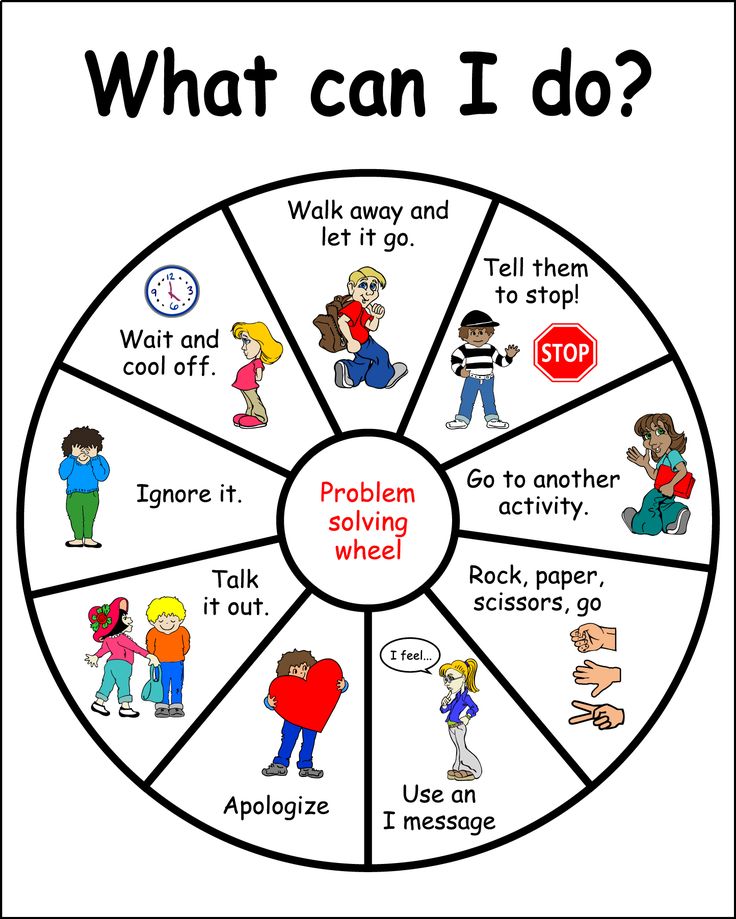 Therefore, in elementary school it is necessary to lay in students bases of educational activity. However, this process is complicated by age features of a younger student: weak switching of attention, his instability, involuntary memory and thinking. To overcome this and in teaching, play forms of children's activity should be widely used - the educational activity of a younger student should be permeated with gaming moments.
Therefore, in elementary school it is necessary to lay in students bases of educational activity. However, this process is complicated by age features of a younger student: weak switching of attention, his instability, involuntary memory and thinking. To overcome this and in teaching, play forms of children's activity should be widely used - the educational activity of a younger student should be permeated with gaming moments. 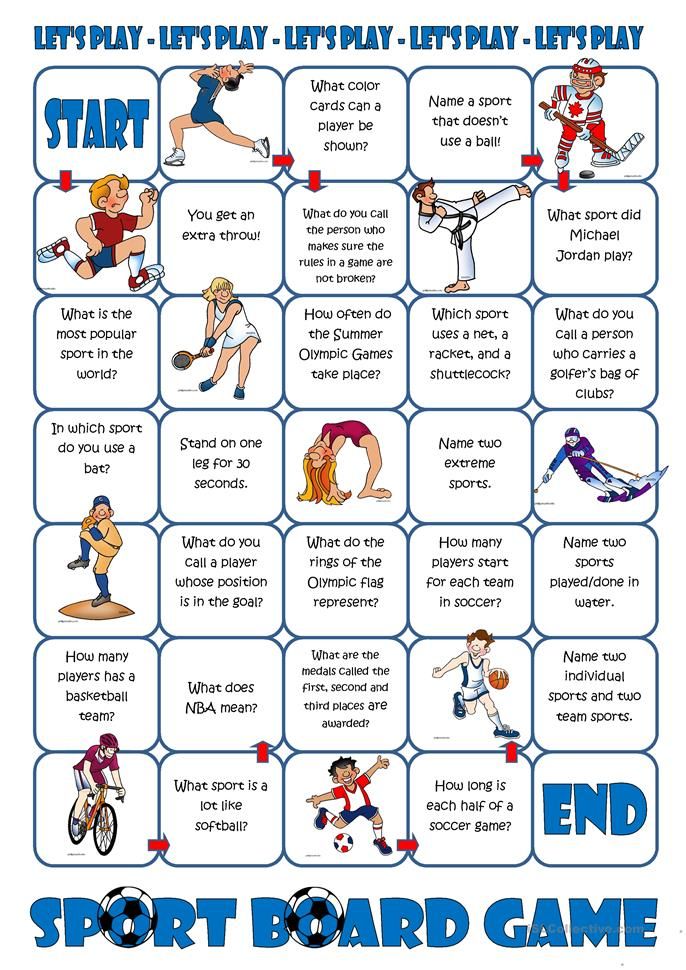 Content didactic game is always the implementation of a number of educational tasks. In Game students are placed in a situation that allows them to critically evaluate their knowledge in active action, bring this knowledge into the system.
Content didactic game is always the implementation of a number of educational tasks. In Game students are placed in a situation that allows them to critically evaluate their knowledge in active action, bring this knowledge into the system. 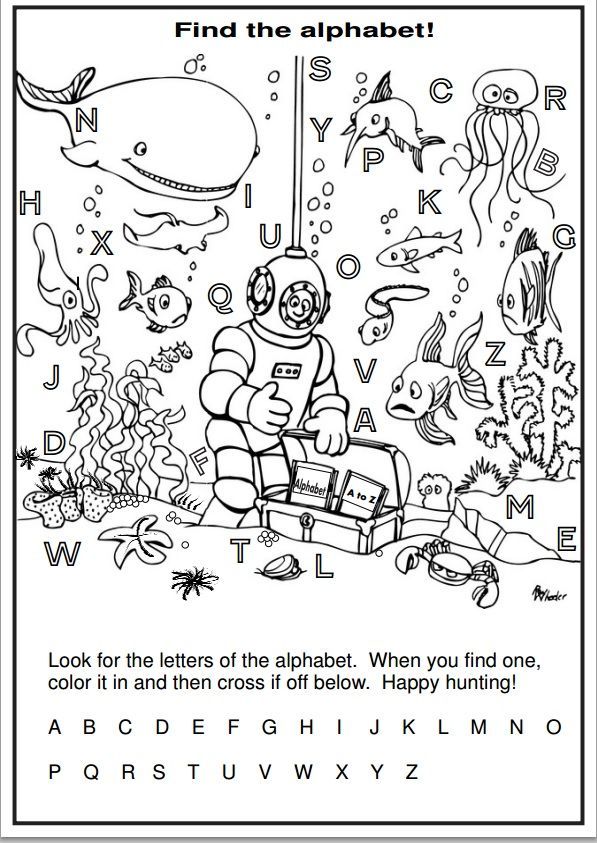
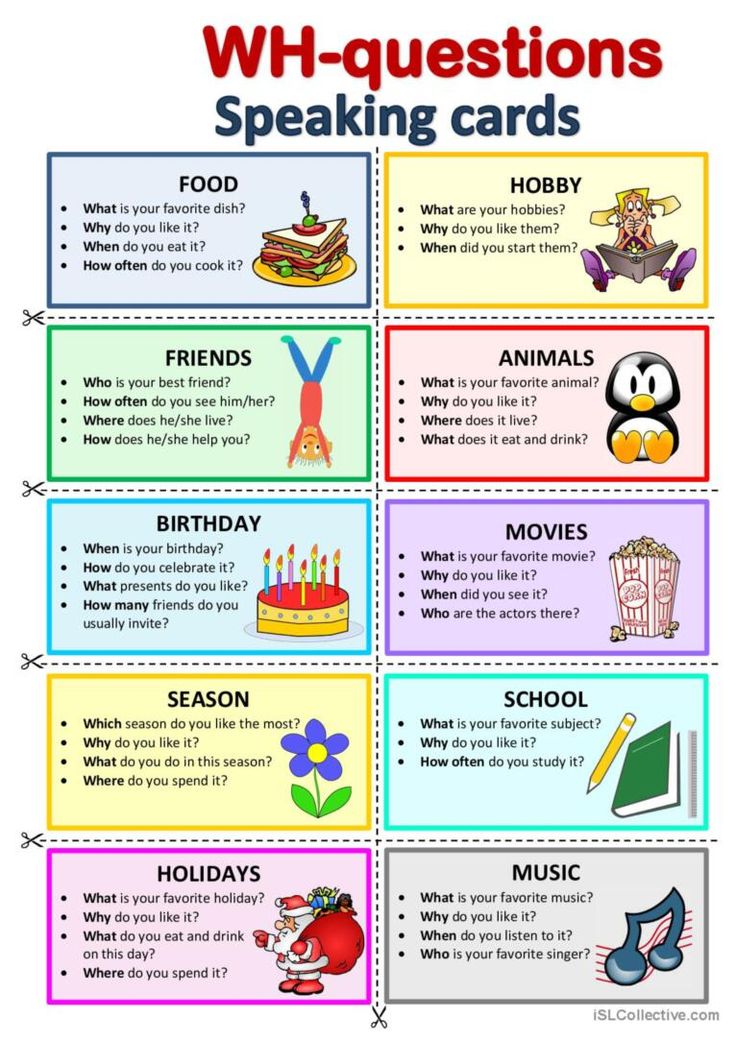
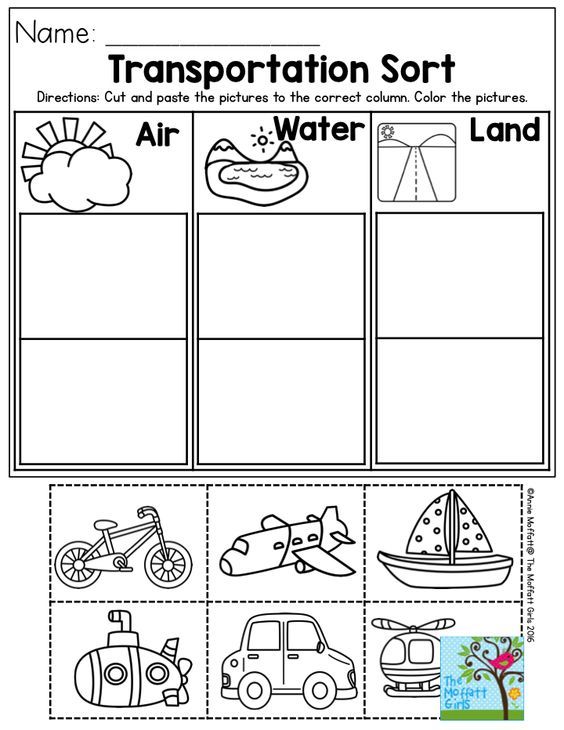 We have an interesting game “Journey to forest”, “Trips out of town”, “Space travel”. On the way we do stops where the heroes of their favorite fairy tales are waiting for children. They give assignments and to get to the next station, the kids need to complete them.
We have an interesting game “Journey to forest”, “Trips out of town”, “Space travel”. On the way we do stops where the heroes of their favorite fairy tales are waiting for children. They give assignments and to get to the next station, the kids need to complete them. 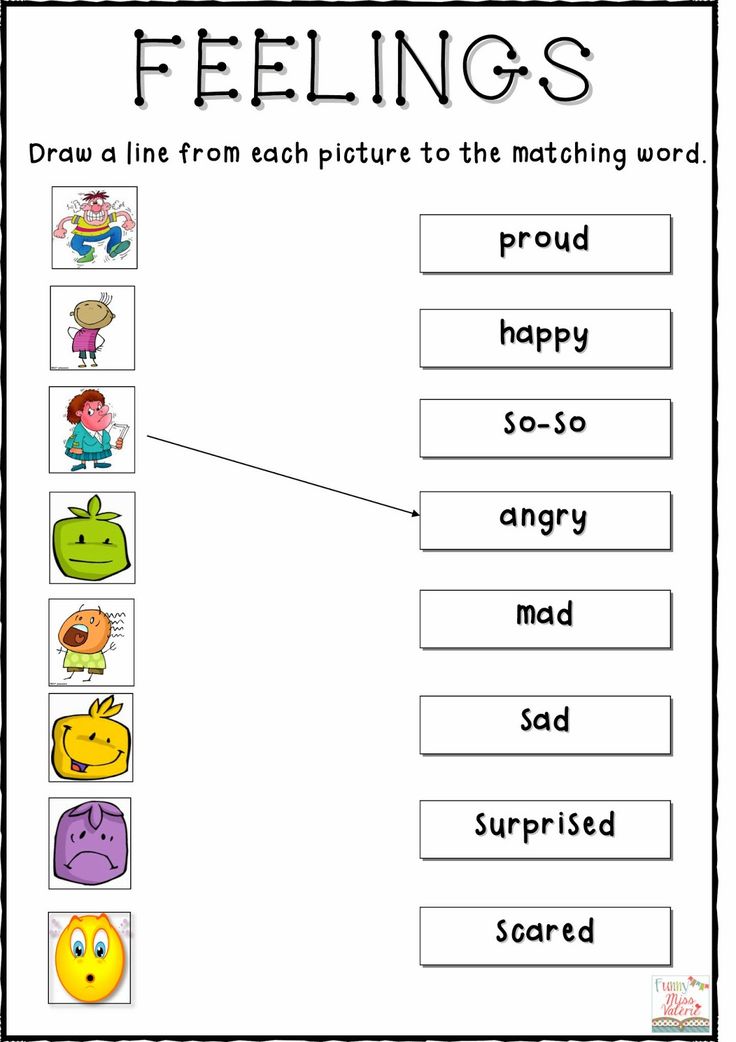
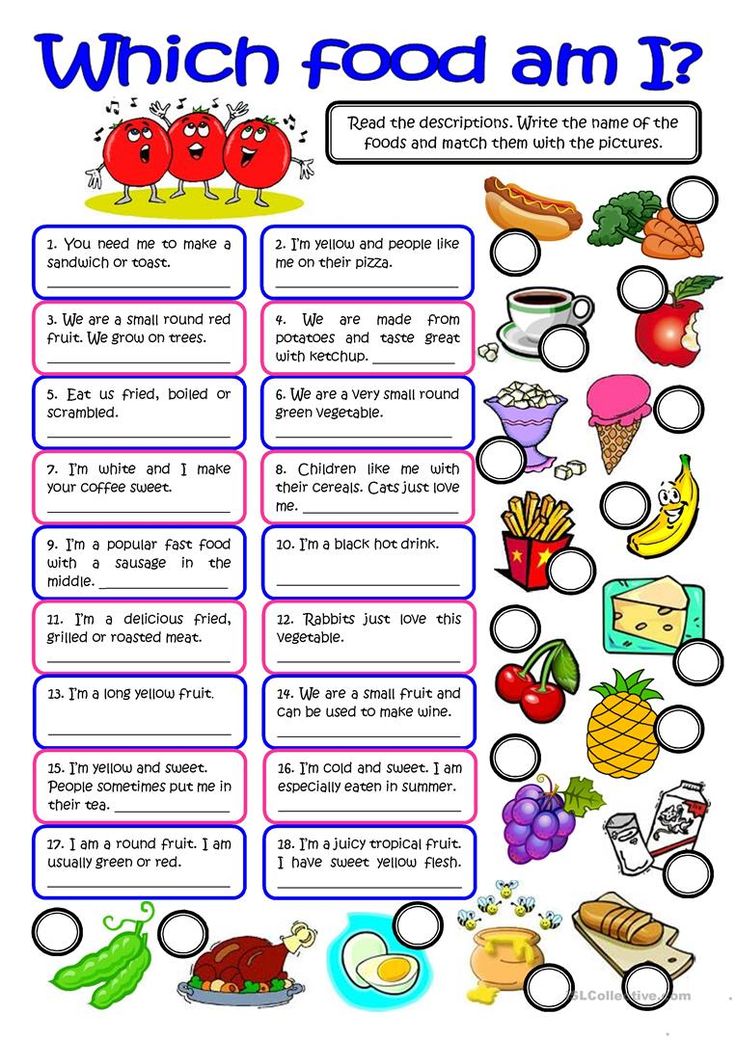 These numbers serve as an answer to the solved examples. Receiving an answer children connect it to the corresponding box, then read the examples and name the components when added. Using the numbers written on the postal boxes, children make comparison tasks and solve them.
These numbers serve as an answer to the solved examples. Receiving an answer children connect it to the corresponding box, then read the examples and name the components when added. Using the numbers written on the postal boxes, children make comparison tasks and solve them. 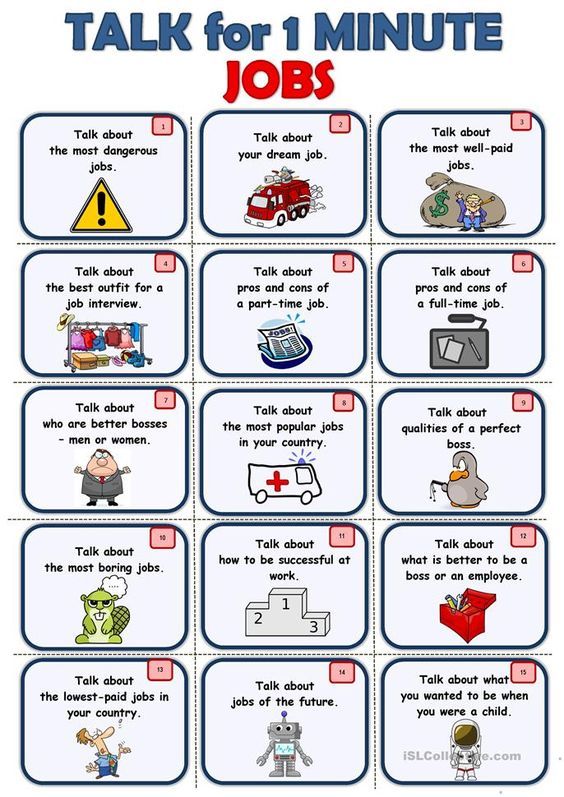 One of the hardest things I consider working on a solid text. But, using game situations in the lessons, I presented this topic in an accessible way. form. Together with the Clown, the children learned to make sentence stories, and in At the end of each sentence, the children clapped their hands. Before the call from the lesson I praised the guys, and they were pleased that they were praised not only for their active participation in the game, but also for success in acquiring knowledge. Children need experience joy in overcoming difficulties in the process of educational work.
One of the hardest things I consider working on a solid text. But, using game situations in the lessons, I presented this topic in an accessible way. form. Together with the Clown, the children learned to make sentence stories, and in At the end of each sentence, the children clapped their hands. Before the call from the lesson I praised the guys, and they were pleased that they were praised not only for their active participation in the game, but also for success in acquiring knowledge. Children need experience joy in overcoming difficulties in the process of educational work. 
